- Home
-
Egypt Day Tours
- Cairo Day Tours
- Luxor Day Tours
- Aswan Day Tours
- Sharm El Sheikh excursions
- Hurghada Day tours
- Dahab Day Tours
- Taba Day Tours
- Marsa Alam Day Tours
- Cairo Day Tours from Airport
- Cairo Half Day Tours
- Cairo Overnight Tours packages
- Cheap Giza Pyramids budget Tours
- Egypt Wheelchair Accessible Day Tours
- Cairo Cheap Budget Tours
- Alexandria day tours
- Nuweiba excursiones
- El Gouna Day Tours
- Port Ghalib Day Tours
- Soma Bay Excursions
- Makadi Bay Excursions
-
Egypt Travel Packages
- Egypt Desert Safari Tours
- Egypt Classic Tours
- Egypt Christmas Tours
- Egypt Easter Tours
- Egypt Luxury Tours
- Egypt Nile Cruise Tours
- Egypt Holidays Hot Offers
- Egypt Tour Itineraries
- Cairo Short Breaks packages
- Egypt Wheelchair Accessible Tours
- Honeymoon Tour Packages
- Egypt Cheap Budget Tours
- Egypt group tour packages
- Egypt Luxury Small Group Tours
- Egypt Family Tours
- Egypt and Holy Land Tours
- Egypt Shore Excursions
Latest Articles
-
![Atlas Studios Atlas Studios]()
Atlas Studios
Atlas Studios, also known as Film City, is a well-known film studio in Morocco. It has been used as a filming location for many international movies and TV shows.
-
![Rabat Rabat]()
Rabat
Rabat is the capital city of Morocco, located on the country's Atlantic coastline. It is situated across the Bouregreg River from the city of Salé and forms the Rabat-Salé urban area. With a rich history dating back to the Roman era, Rabat is known for its blend of modernity and traditional Moroccan architecture.
-
![Erfoud Erfoud]()
Erfoud
Erfoud is a city located in eastern Morocco, known as the gateway to the Sahara Desert. It is a popular destination for travelers seeking to explore the stunning desert landscapes and experience the unique culture and hospitality of the region. Erfoud offers opportunities for camel trekking, visits to the nearby Merzouga Dunes, and exploring the local markets and traditional crafts.
-
![Merzouga Dunes Merzouga Dunes]()
Merzouga Dunes
The Erg Chebbi Dunes, also known as the Merzouga Dunes, are a stunning natural wonder located in southeastern Morocco. These majestic dunes stretch as far as the eye can see, with some reaching heights of up to 150 meters. The Erg Chebbi Dunes are a popular destination for travelers looking to experience the beauty of the Sahara Desert.
-
![Khenifiss National Park Khenifiss National Park]()
Khenifiss National Park
Explore the beauty of Morocco's natural reserve at Khenifiss National Park. Located in the southwestern part of the country, this park is home to diverse wildlife and stunning landscapes. Visitors can enjoy hiking, birdwatching, and exploring the unique ecosystems found in the park.
-
![Ouzoud Waterfalls Ouzoud Waterfalls]()
Ouzoud Waterfalls
The Ouzoud Waterfalls, located in the Atlas Mountains of Morocco, are a stunning natural wonder and a popular tourist destination. The falls cascade over a series of rocky cliffs, creating a breathtaking sight and a refreshing mist in the air. Visitors can hike down to the base of the falls, passing by olive groves and encountering local Barbary macaque monkeys along the way.
Pharaohs, Queens and Rulers of Egypt
Kings and Rulers of Egypt
With multiple monarchs and rulers who impacted the civilization over thousands of years, Egypt has a rich and complicated history.
Egypt is renowned for its extensive historical archives, which span more than 6,000 years. Numerous well-known sites, like the Great Sphinx and the Giza Pyramids, which are visible on many Egypt Day Tours, are examples of this rich cultural legacy. Numerous historic ruin sites, including Memphis and the Dahshur pyramids, can be found in Egypt. With a large range of alternatives to suit all preferences, Egypt is a popular destination for Egypt Luxury Tours and Egypt vacation packages.
Most famous Kings of Egypt
You can step with your foot onto Thebes (Luxor at present), Karnak Temple, and the Valley of the Kings during a comfortable Egypt Nile River Cruise. Such sites exhibit this legacy and remain an important center of scientific and popular interest. Egypt's lengthy and rich cultural heritage is an essential part of its national identity, which has endured and often assimilated, several foreign influences, including Greek, Persian, Roman, Arab, Ottoman Turkish, and ancient Nubia.
List of rulers of Egypt
Egypt was an early and important center of Christianity, but was largely Islamised in the seventh century and remains a predominantly Muslim country, albeit with a significant Christian community. This is a comprehensive guide to the history of Egypt's most prominent monarchs to learn about their architectural achievements before you see them in person during a lot of Cairo Day Tours. You can Explore more of our Egypt Vacations or select the suitable category from all our packages at Egypt Travel Packages!
The Life of Kings in Egypt
The Pharaohs in Egypt wanted to be very powerful and have control over many places. They had strong armies and they were very focused on their religion because they loved their kings a lot.
If you want to visit lots of cool places and see really old things from Egypt, it's like finding special treasures from a long time ago! like The Ramesseum In Luxor The people who lived there a long time ago had a different way of life than we do now, and it's really interesting to see and learn about how they lived.
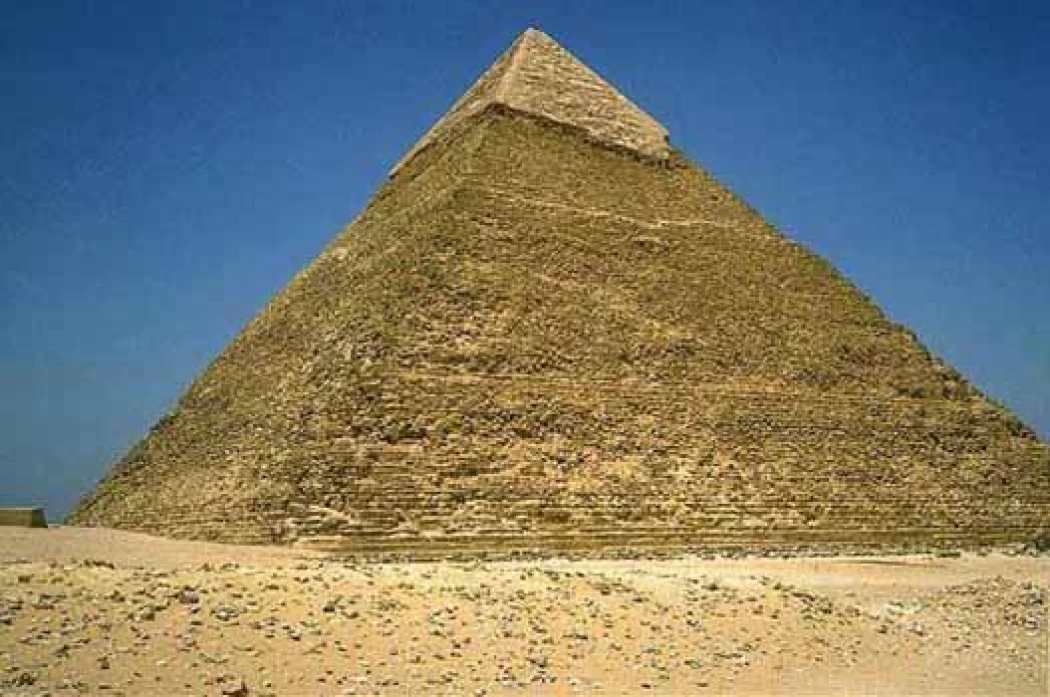
King Cheops | King Khufu | Owner of the Great Pyramid
Admin
Pharaohs, Queens and Rulers of Egypt
King Khufu was considered the second king of the Fourth Dynasty in ancient Egypt. He took power after the death of his father Senefru. He has a single ivory statue found at Abydos, whose name is inscribed on the seat of the throne and is now in the Egyptian Museum. During his reign, the Great Pyramid of Giza, which is the largest stone building in the world, was built.
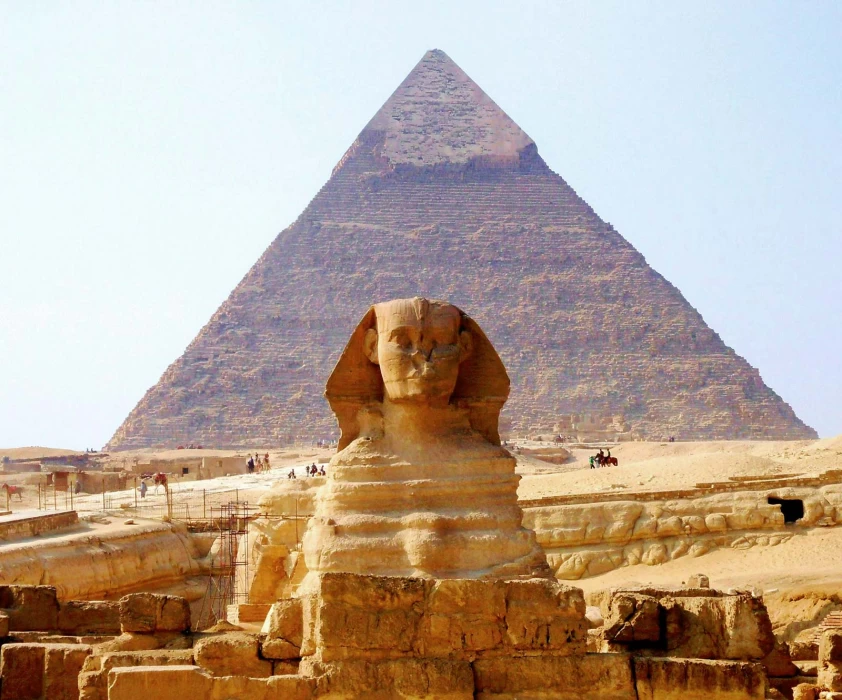
Chephren | King Khafra
Admin
Pharaohs, Queens and Rulers of Egypt
It is said that he ruled for more than 18 years. King Khafre left us a beautiful diorite statue found in the Valley Temple and now in the Egyptian Museum, and decided to build himself a great pyramid in Giza, like the pyramid of his father Cheops.
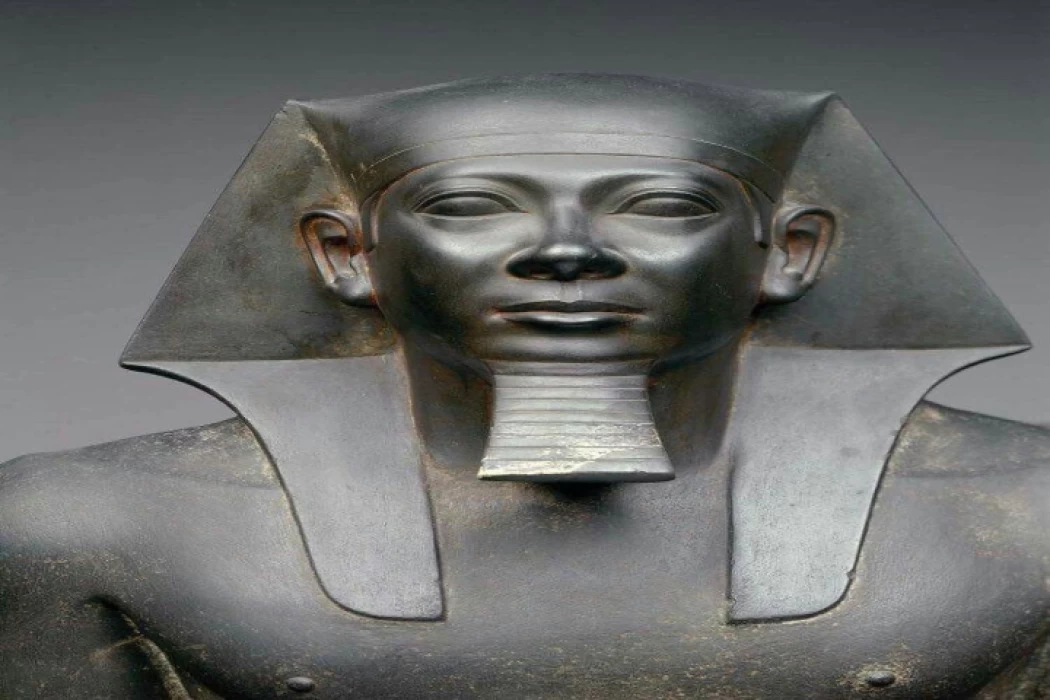
King Menkaure | Mycerinus
Admin
Pharaohs, Queens and Rulers of Egypt
King Menkaure, the fifth king of the 4th Dynasty in the ancient kingdom of ancient Egyptian, assumed the throne after the death of his father, King Khafre. He built the third largest pyramid at Giza. It is possible that he died suddenly, so his son Shabskaf completed the construction of this pyramid.
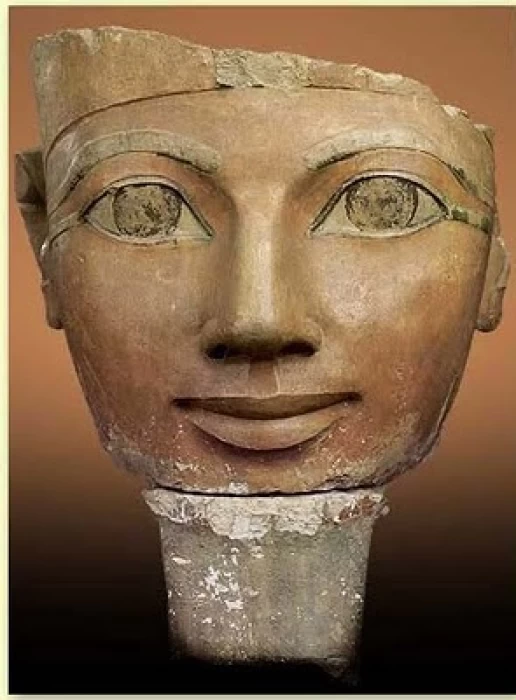
Queen Hatshepsut | Queen of Egypt | The Pharaoh Woman
Admin
Pharaohs, Queens and Rulers of Egypt
Queen Hatshepsut is undoubtedly the best-known female ruler of the world, especially ancient Egypt after Cleopatra VII, and one of the most successful queens in Egyptian history. She is also known as Ghanemat Amun Hatshepsut, and her name means the Dora of princesses or the concubine of Amun, the favorite of the ladies, and she is considered the fifth in the line of kings of the XVIII Dynasty.
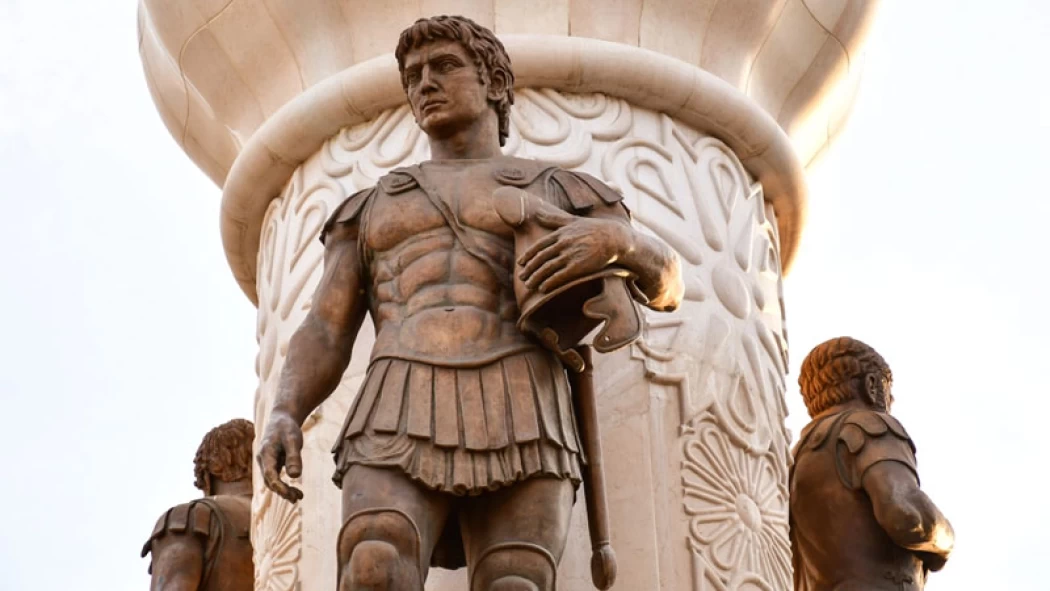
Alexander the Great
Admin
Pharaohs, Queens and Rulers of Egypt
Alexander the Great, ruler of Macedonia, conqueror of the Persian Empire, is one of the smartest and greatest war leaders of all time. He was the son of King Philip II of Macedon and became king after his father's death in 336 B.C. He conquered most of the known world of his time. Hence known as "the great" for both his military genius and his diplomatic skills in handling the diverse populations of the regions he conquered.
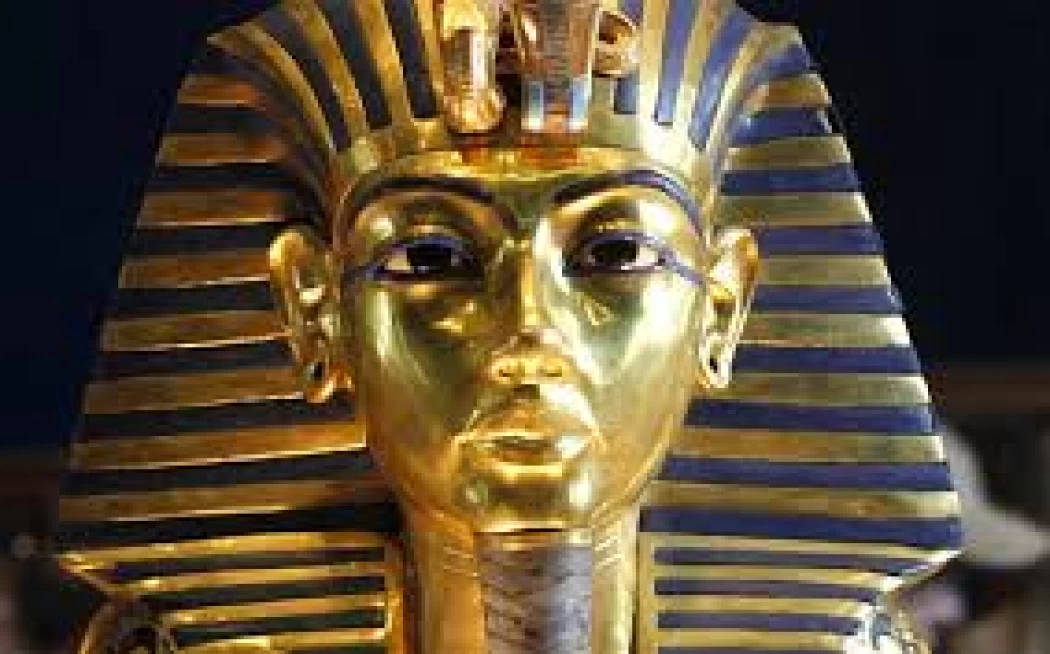
Tutankhamen | The Golden King of Egypt
Admin
Pharaohs, Queens and Rulers of Egypt
Had his glittering, treasure-filled tomb not been discovered, the world would not have known King Tutankhamun, who became the talk of archaeologists and became one of the most important Egyptian explorations found in the Luxor Governorate in the Valley of Kings and Queens.
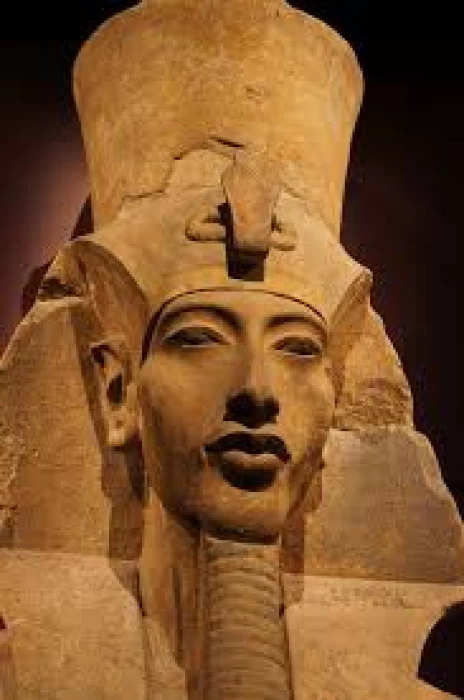
King Akhenaten | Amenhotep IV | Monotheism in Ancient Egypt
Admin
Pharaohs, Queens and Rulers of Egypt
Akhenaton was the first Egyptian king to think of a latent power behind the disk of the sun. He called this power the name of a god, Aton, and after that, he left all the Egyptian gods and left Thebes where the priests of Amun and his followers were present and established a new city. He lived in this city for about 17 years worshipping this new god, but his only mistake was that he made people worship the new god through him, so when Akhenaton died, the new worship of Aton ended completely. And that's before considering his marriage to Nefertiti, known as the Mona Lisa of antiquity thanks to her beautiful limestone bust discovered in a sculptor's workshop at Amarna and now in the Egyptian Museum in Berlin, or the likelihood that he fathered Tutankhamun, the most famous pharaoh of them all.
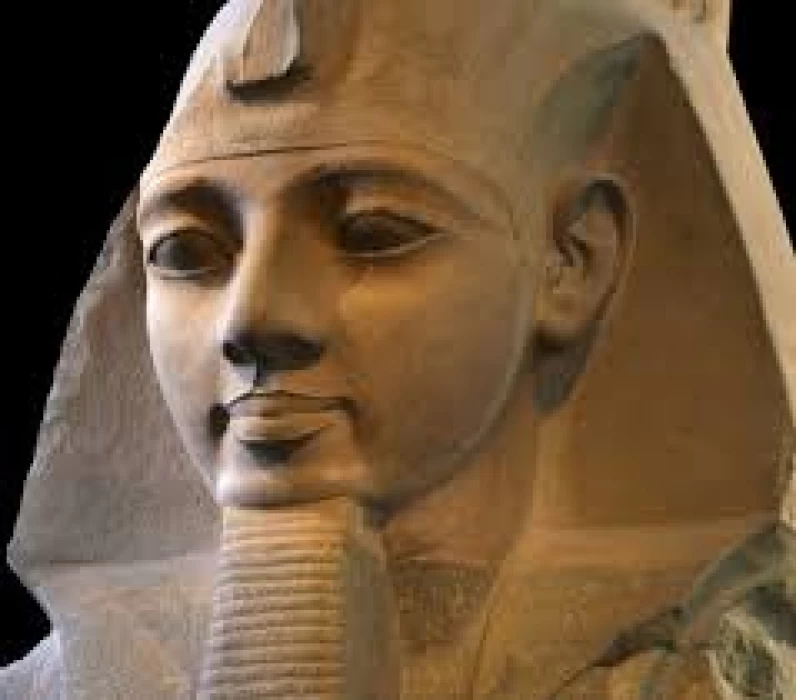
King Ramses II | Ramesses II | Ramses the Second
Admin
Pharaohs, Queens and Rulers of Egypt
Ramses II is the most famous King of ancient Egypt who built the Abu Simbel Temple which is an archaeological site located on the mountain south of Aswan and is distinguished from other temples of the ancient Egyptians by the occurrence of a phenomenon that is the most important among the 4,500 astronomical phenomena witnessed in Pharaonic Egypt and attracted the attention of the world when the sun passes over the face of Ramses II inside his temple twice a year.
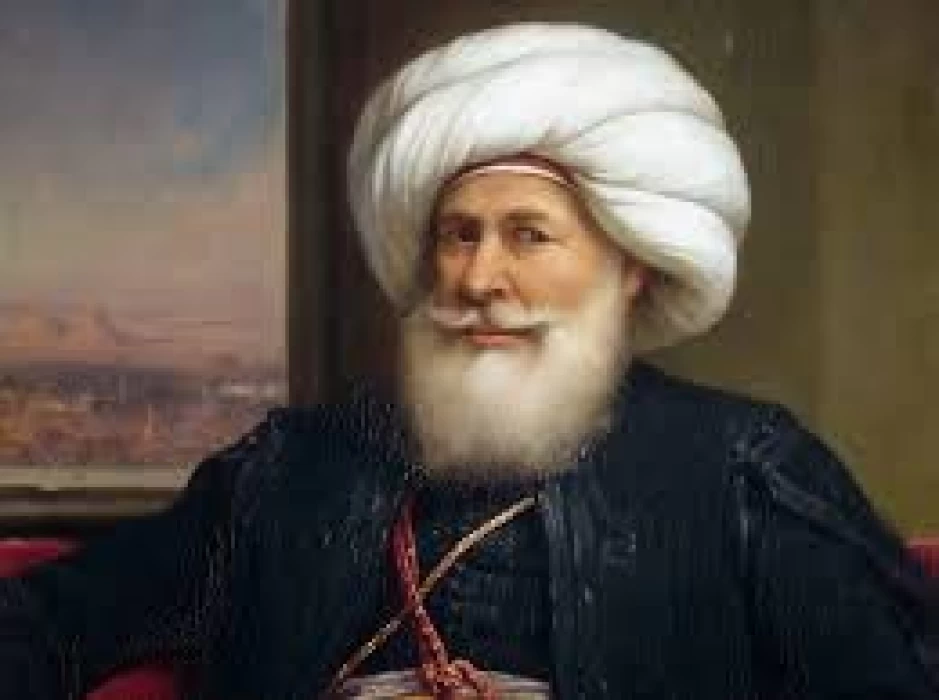
Muhammad Ali Pasha | Muhammad Ali of Egypt
Admin
Pharaohs, Queens and Rulers of Egypt
Mohamed Ali Pasha was the founder of the dynasty that ruled Egypt from the early nineteenth century to the mid-twentieth century, that is, the founder of modern Egypt.
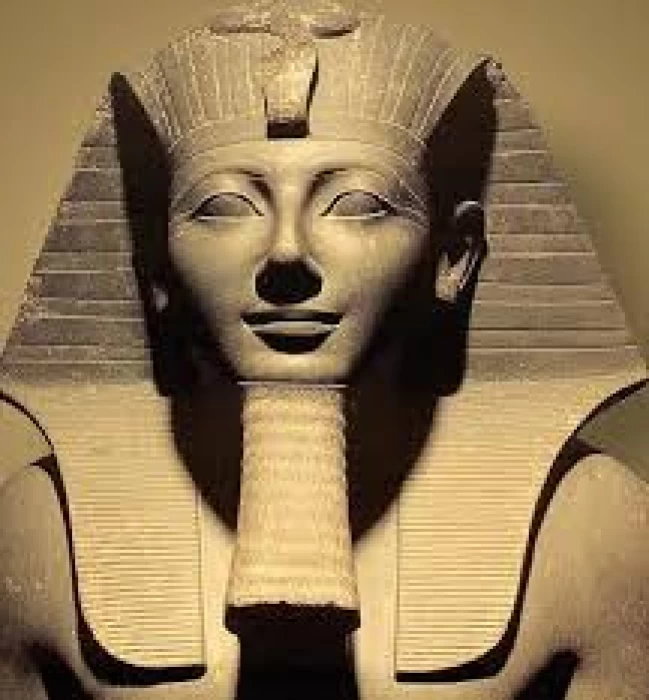
King Thutmose III | Tuthmosis the Third
Admin
Pharaohs, Queens and Rulers of Egypt
King Thutmosis III, is the greatest ruler of Egypt throughout history, as he is the founder of the first Egyptian empire. He treated the people of the conquered countries with noble treatment; they lived in peace and prosperity after joining the Egyptian Empire. None of the records mention that he lost any battle and there are some obelisks he built in different places of the world today. One of them is located in Central Park in New York State, and the other is located on the banks of the Thames River in London, and both have a strange name, "Cleopatra's Needle"!
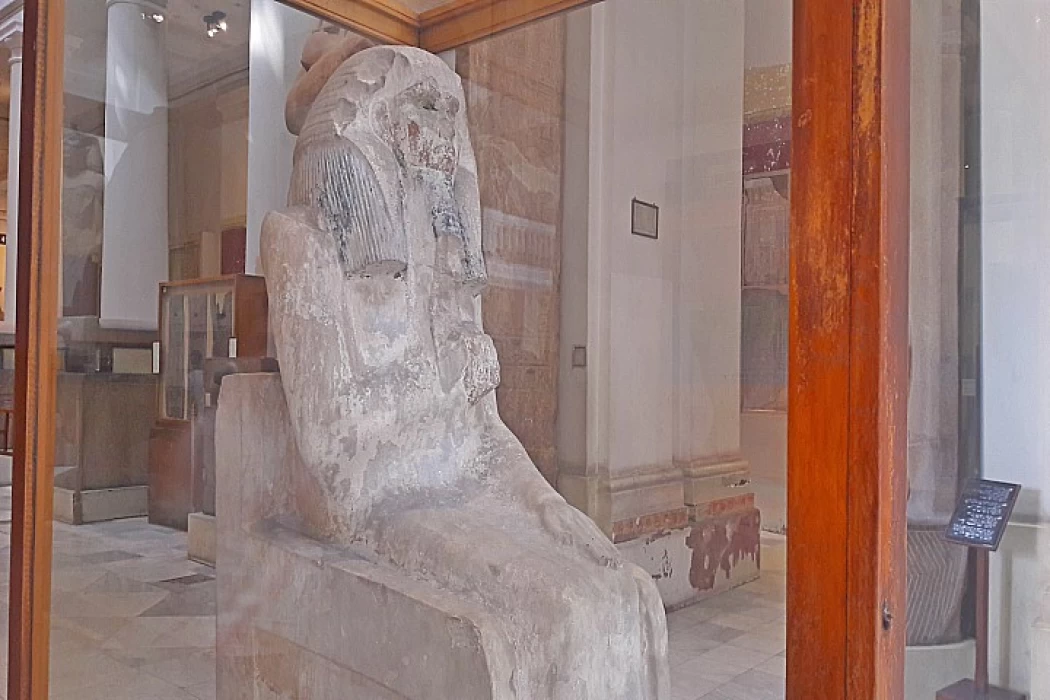
King Djoser | King Zoser | Step Pyramid King
Admin
Pharaohs, Queens and Rulers of Egypt
King Djoser is considered one of the most powerful Egyptian kings who mentioned his exploits in the Pharaonic civilization, and he is one of the kings of the Third Dynasty, and the most famous monument he left is the step pyramid that is visited to this day to see this great construction.
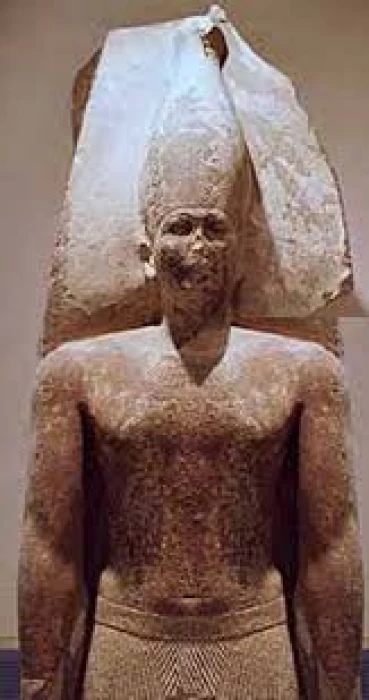
King Snefru | Founder of the Fourth Dynasty
Admin
Pharaohs, Queens and Rulers of Egypt
Pharaoh King Senefru, founder of the fourth dynasty, and the famous father of Pharaoh Cheops, owner of the Great Pyramid, is considered one of the greatest builders in the history of mankind, as he presented 4 pyramids, took the lead in the emergence of pyramid building in human history.
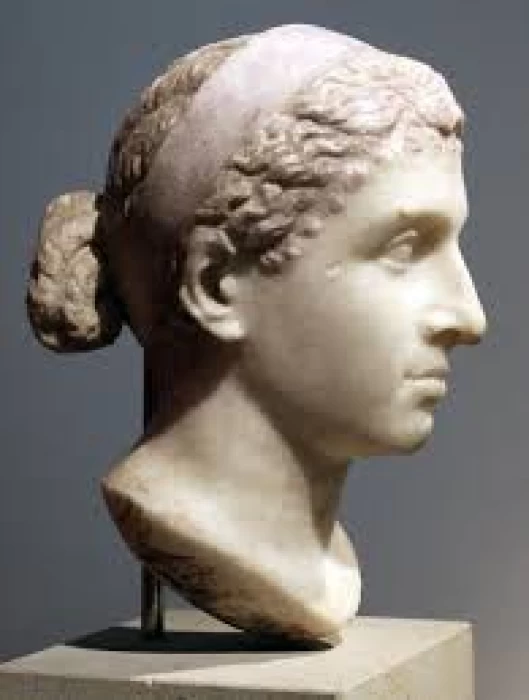
Cleopatra VII | Cleopatra Philopator | The Macedonian Dynasty in Egypt
Admin
Pharaohs, Queens and Rulers of Egypt
Cleopatra VII or Cleopatra Philopator, is one of the most important kings of Pharaonic Egypt, as she was the richest queen of the Mediterranean, besides being the most powerful woman of the Macedonian dynasty in Egypt.
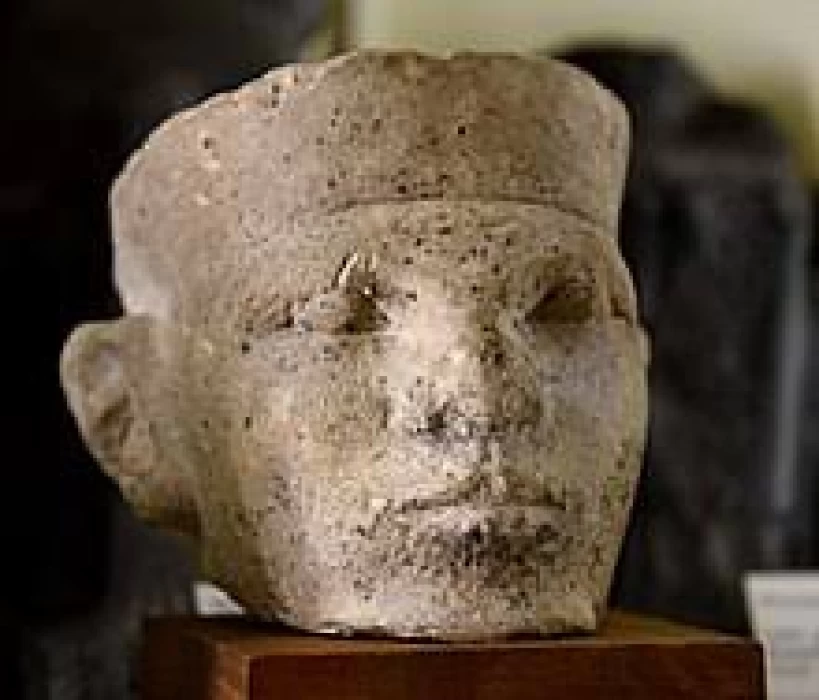
King Menes | Narmer | 1st King of Unified Egypt
Admin
Pharaohs, Queens and Rulers of Egypt
King Menes, also known as Narmer, is a pharaoh of the first Egyptian family and united the two countries, i.e. the northern and southern kingdoms of Egypt, around 3200 BC.
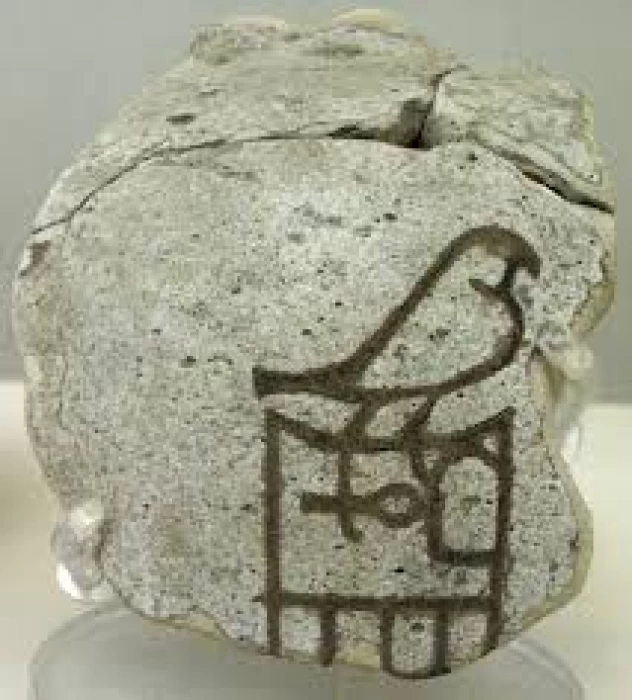
King Hor-Aha | Dynasty 1 | Horus Aha King
Admin
Pharaohs, Queens and Rulers of Egypt
His name means "Horus the Fighter" and he is also known as the "Fighting Hawk" and simply by the name Aha. And he is believed to be the founder of the first family and therefore also the founder of the city of Enab-Hadj (Memphis). The Egyptian historian Manton mentioned that King Hor-Aha ruled for about 62 years.
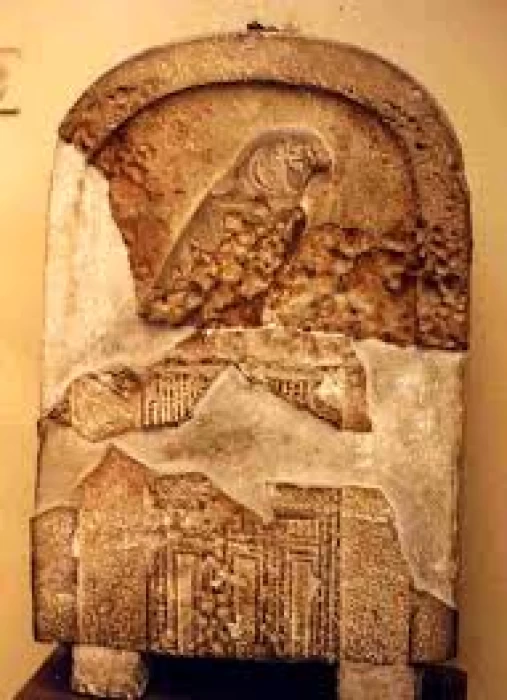
King Djer | Kings of Egypt
Admin
Pharaohs, Queens and Rulers of Egypt
Khant Dujar is a pharaoh of the first Egyptian family and is unknown; he ruled around 3050 B.C. He is believed to have campaigned in the country of Nubia and Libya and his tomb is located at Abydos, next to the tomb of his wife, Meredith, who is believed to have assumed power when his son was a minor.
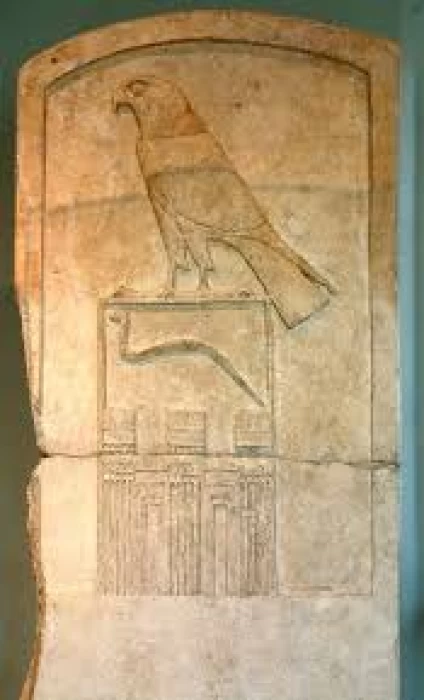
King Djet
Admin
Pharaohs, Queens and Rulers of Egypt
The 4th pharaoh of the First Dynasty of Egypt is King Djet. He established a mining policy during his reign; his name was found graved into a rock on one of the roads that connect Edfu to the Red Sea. He found his famous painting, now housed in Paris Louver Museum, which bears his name.
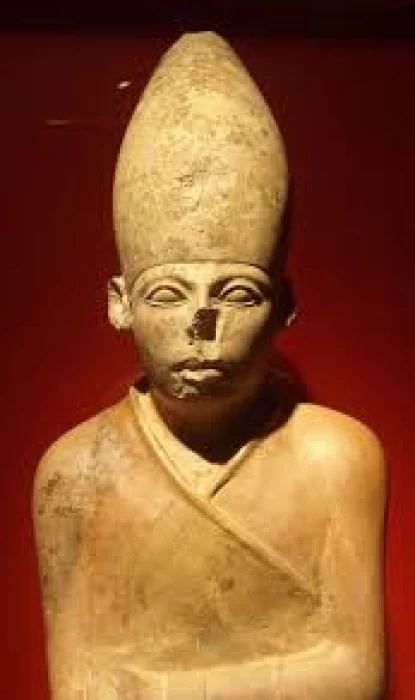
King Khasekhemwy | Pharaohs of Egypt
Admin
Pharaohs, Queens and Rulers of Egypt
King Khasekhemwy, was the fifth and last pharaoh of the second Egyptian dynasty. Little is known about Khasekhemwei, except that he led many important war campaigns and built many statues, which still remain, reminding us of the war against the northerners.
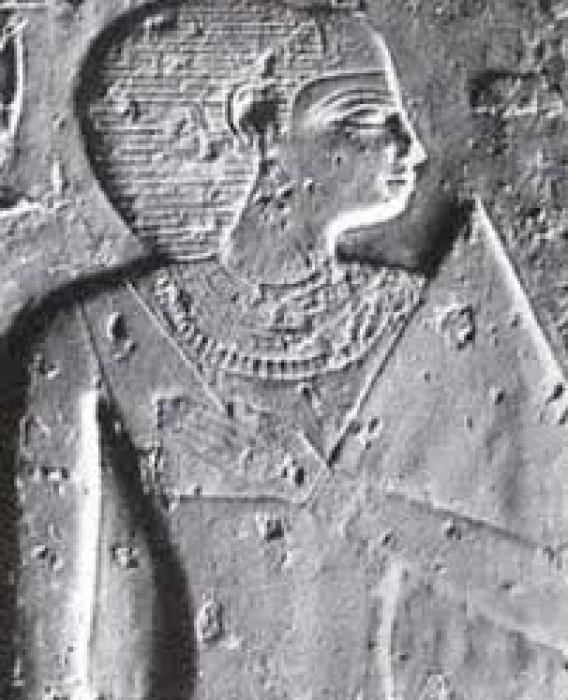
Queen khentkawes | Queens of Egypt
Admin
Pharaohs, Queens and Rulers of Egypt
khentkawes was the queen of Ancient Egypt during the reign of the Fourth Dynasty. she played an important role in the succession of the IVth and Vth dynasties. And she took many titles, such as Queen of Upper and Lower Egypt and Mother of the King of Upper and Lower Egypt.
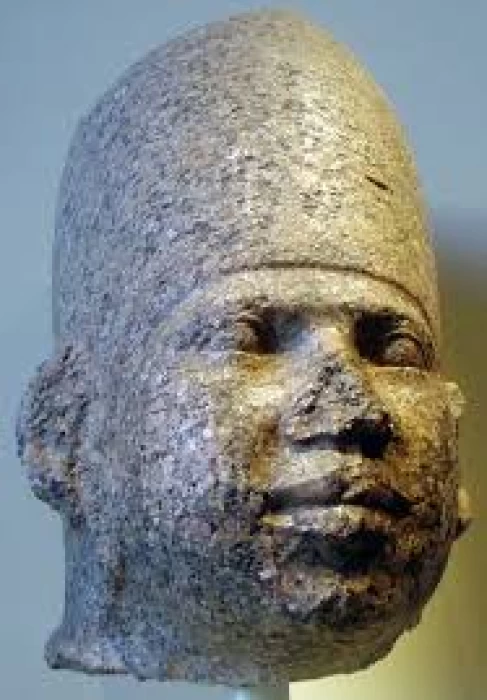
King Huni | Third Dynasty Kings of Egypt
Admin
Pharaohs, Queens and Rulers of Egypt
Some archaeological references indicate that King "Honi" was the one who started building the pyramid of Meidum - located in the region of Meidum near Memphis on the west bank of the Nile River at Beni Suef, about 100 km south of Cairo - but he died without completing its construction, so King Senefru completed it.
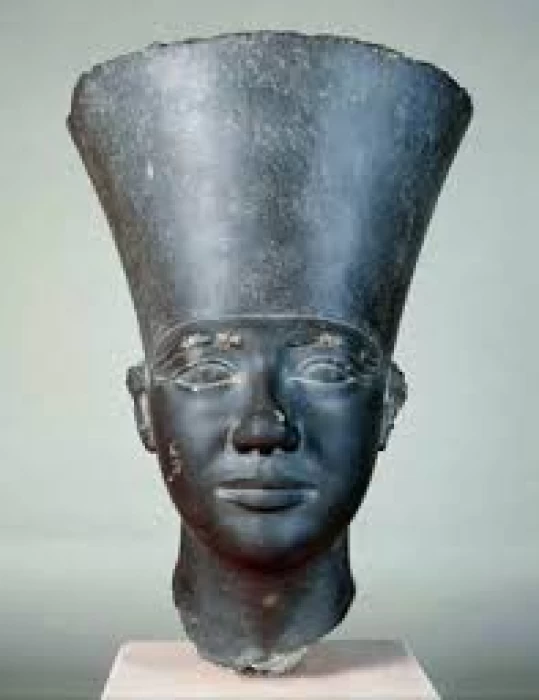
King Userkaf
Admin
Pharaohs, Queens and Rulers of Egypt
King Userkaf, whose name means "strength is in his soul" is one of the first kings of the V Dynasty, built his pyramid in Saqqara, in addition to a temple dedicated to the sun god Ra in the area of Abu Sir.
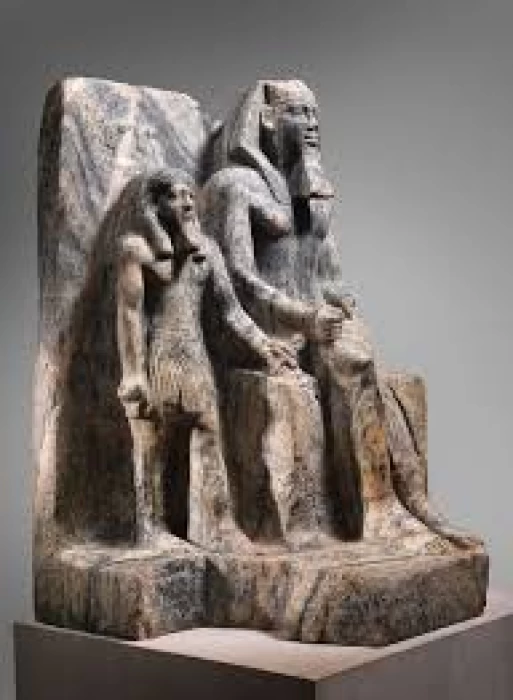
King Sahure | Sahura | 5th Dynasty Kings
Admin
Pharaohs, Queens and Rulers of Egypt
Sahure was the second pharaoh of the Fifth Dynasty in ancient Egypt. He ruled Egypt for 12 years in the 25th century BC and built a pyramid for himself at Abu Sir, thus moving away from the tombs of his Fourth Dynasty ancestors located at Saqqara and Giza, where his ancestors built the pyramids at Giza, and perhaps the presence of the Temple of the Sun built by Userkaf, founder of the Fifth Dynasty there, was the motivation for that.
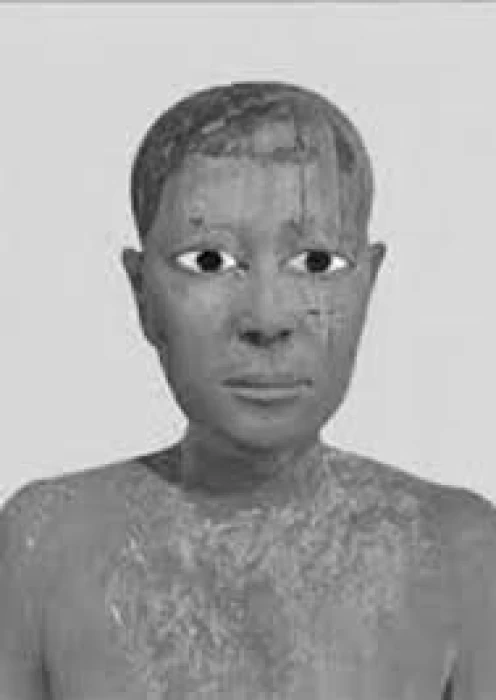
King Unas | Last King of the 5th Dynasty
Admin
Pharaohs, Queens and Rulers of Egypt
King Unas is an ancient Egyptian pharaoh and the last ruler of the Fifth Dynasty of the Old Kingdom. it is believed that the pyramid of Unas was the first appearance of the pyramid texts.
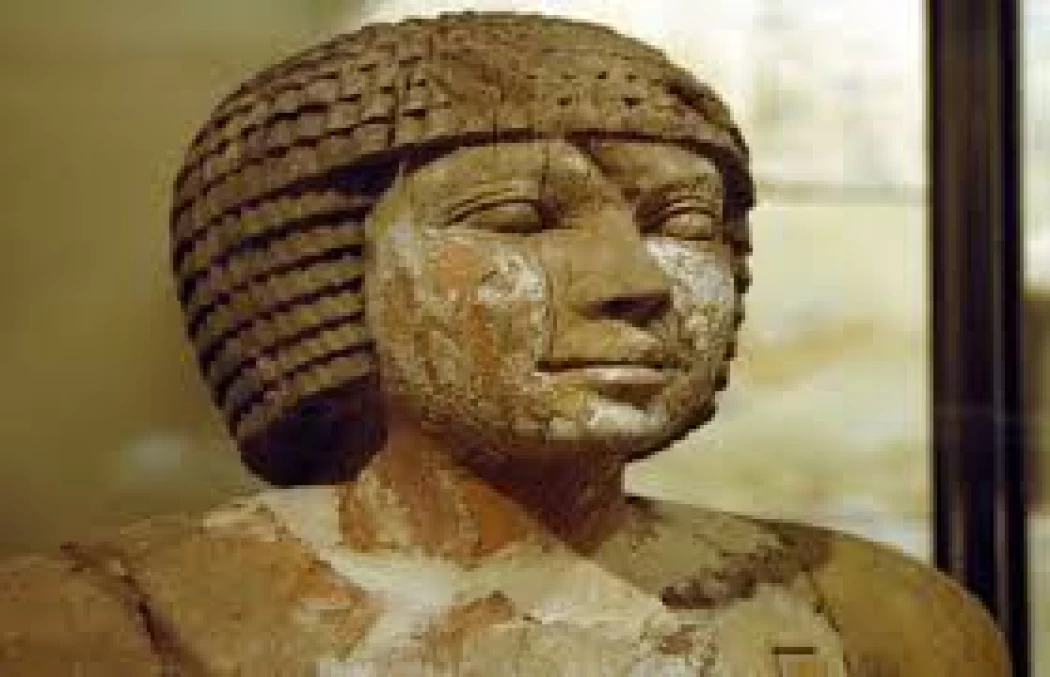
King Teti | 6th Dynasty Kings
Admin
Pharaohs, Queens and Rulers of Egypt
It is not fully known for how many years Tete reigned. The Turin Papyrus written during the New Empire does not mention the number of years he ruled, but he is likely to have been a pharaoh of Egypt for a period of between 13 and 23 years. Tete built himself a pyramid at Saqqara, but it is now demolished. The ancient inscriptions neglected him, so he left no traces.
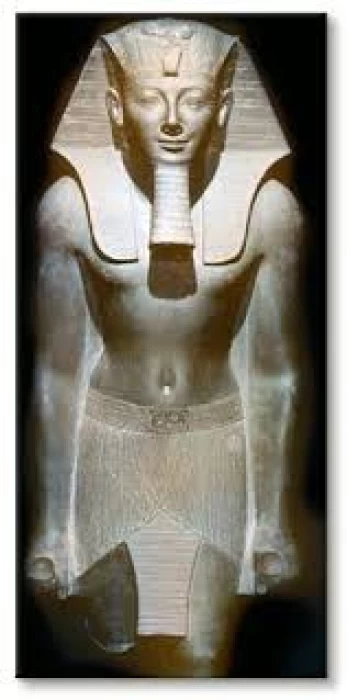
King Pepi II
Admin
Pharaohs, Queens and Rulers of Egypt
King Pepi II was the fifth pharaoh of the sixth dynasty in the era of the ancient Egyptian state, his royal name "Nefer Ka Ra", which means "beautiful, is the spirit of Ra". He has the longest reign in history.
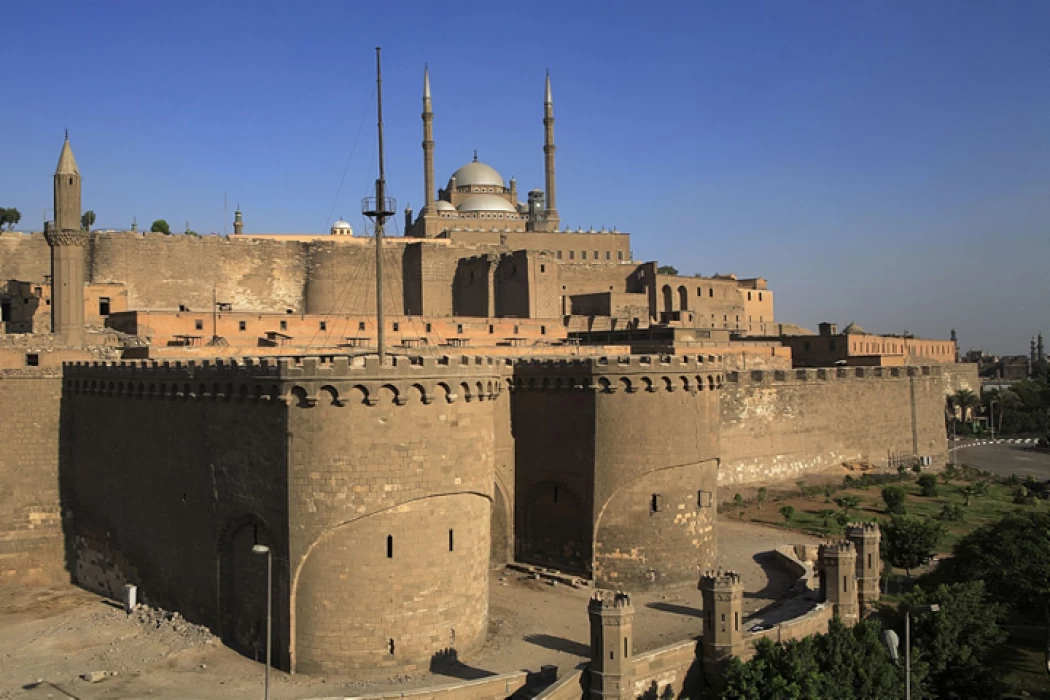
Salah El-Din Al-Ayoubi | Sultan of Egypt
Admin
Pharaohs, Queens and Rulers of Egypt
Salah al-Din al-Ayyubi is a brave Egyptian leader who lived in the 12th century and had strong Islamic foundations that made him adhere to the causes of Islam, which made him achieve great accomplishments, as he united Egypt with Syria and recovered Jerusalem from the Crusaders, and thus his name entered the records of both Islamic and Western history.
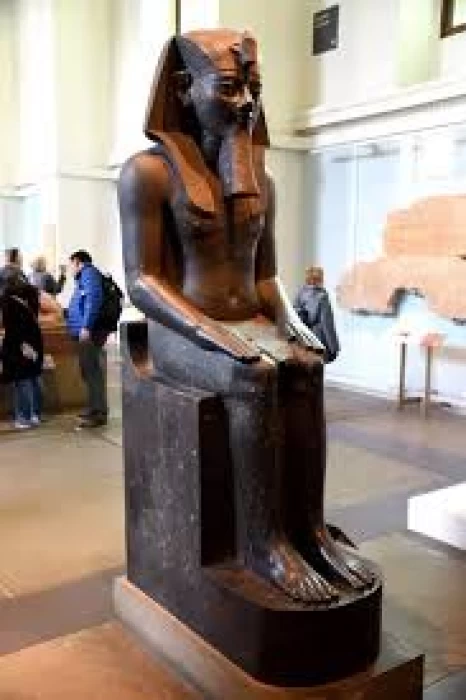
King Amenhotep III
Admin
Pharaohs, Queens and Rulers of Egypt
Amenhotep III, one of the greatest pharaohs of Egypt, during his long reign of almost 40 years. Unlike many kings of the ancient Egyptian state, who derived their fame from the great war battles and conquests that expanded the territory of the Egyptian Empire, King Amenhotep III inscribed his name in the record of the most important Egyptian kings through peace.
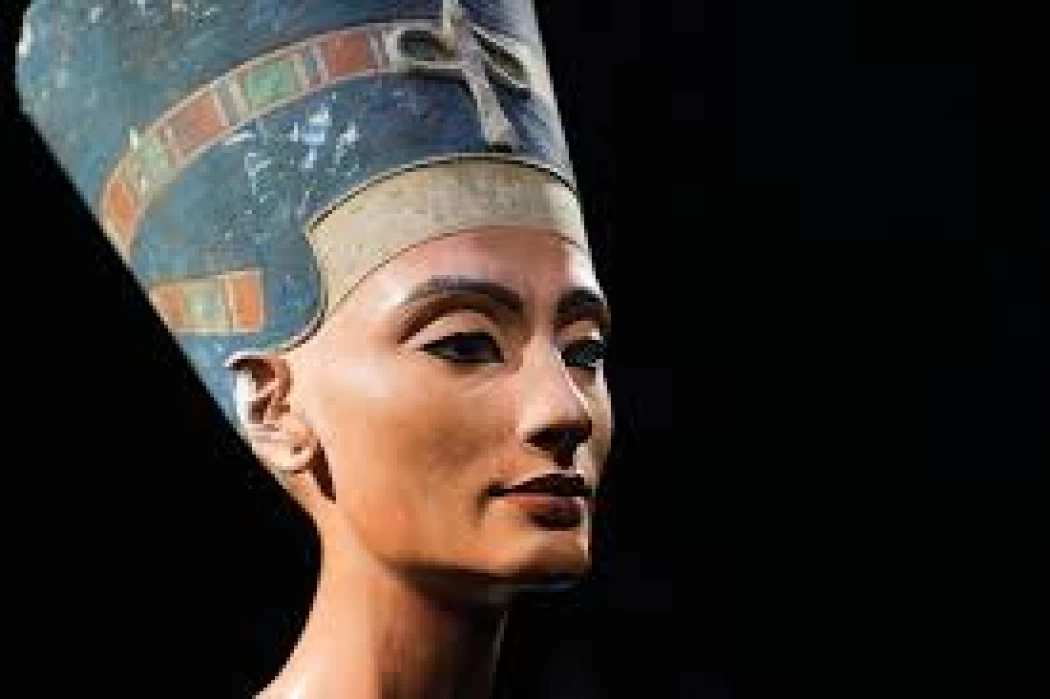
Queen Nefertiti
Admin
Pharaohs, Queens and Rulers of Egypt
Lady of Happiness is considered "NEFERTITI", the most famous Egyptian queen in the whole world, and is the eldest wife of King Akhenaton and an incomparable Amarna.
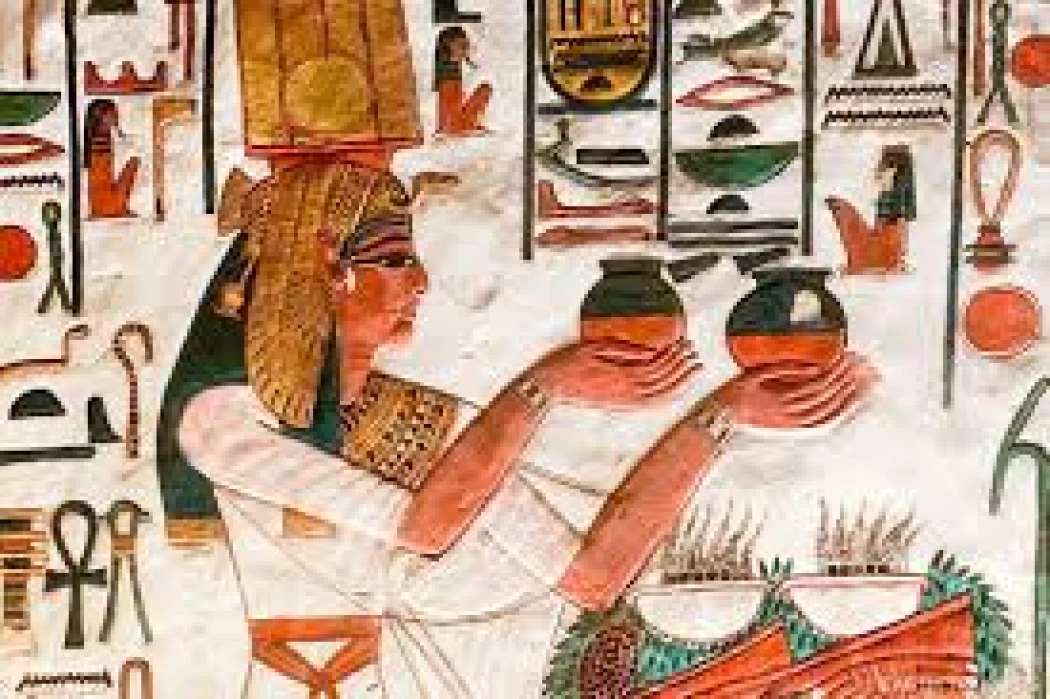
Queen Nefertari
Admin
Pharaohs, Queens and Rulers of Egypt
No wonder experts from all over the world pay hundreds of dollars and incur the hardships of traveling from all over the world until they see her cemetery, which is picturesque, she is not just a queen or wife of a god, her many titles assure you that you are not just facing a woman who sat on the throne of Egypt, but you are facing an exceptional woman in all meanings of the word. She is "Nefertari".
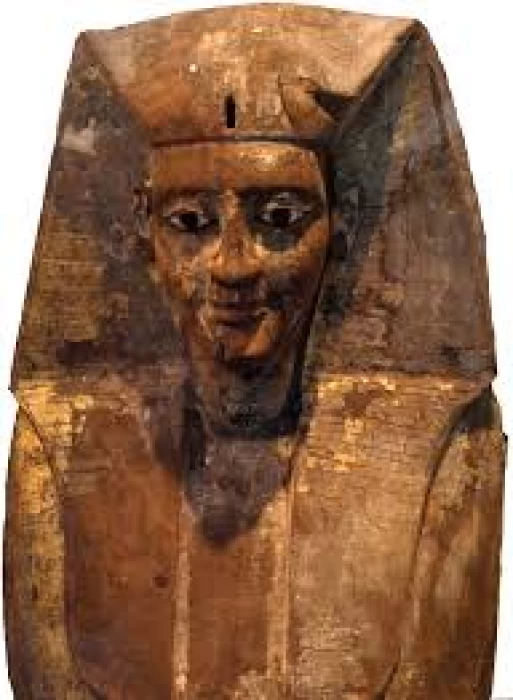
King Intef I
Admin
Pharaohs, Queens and Rulers of Egypt
Intef I, this pharaoh is considered the first prince of the six princes of which the eleventh family is formed. In the first transitional period. They were the ones who ruled half of the country almost 143 years before the advent of the Twelfth Dynasty.
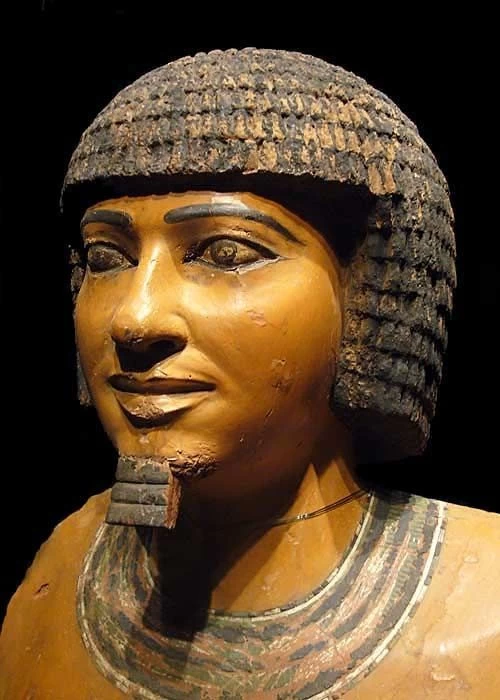
Imhetop, The First Architect
Admin
Pharaohs, Queens and Rulers of Egypt
He is the builder of the Zoser amphitheater and is the first architect in history, as well as the first physician, and one of the most famous engineers of ancient Egypt elevated to the rank of idol after his death and became the god of medicine.
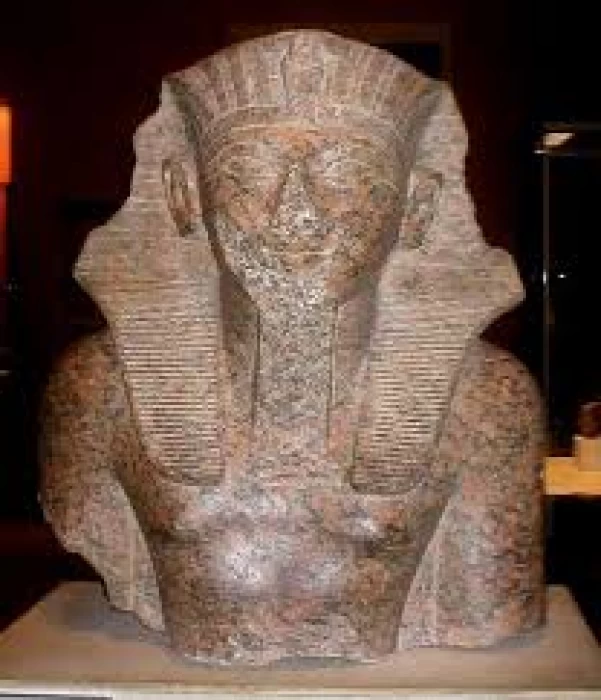
King Thutmose IV
Admin
Pharaohs, Queens and Rulers of Egypt
Thutmosis IV, the eighth of the eighteenth dynasty of pharaohs, in ancient Egypt, and son of King Amenhotep II and Queen TA, built a funerary temple southwest of the temple of his father Amenhotep II, and "Horemheb" in the eighth year of his reign repaired and restored the tomb of Thutmose IV. In the Valley of the Kings, the mummy of this king was transferred to the tomb of Amenhotep II during the reign of the XXI dynasty.
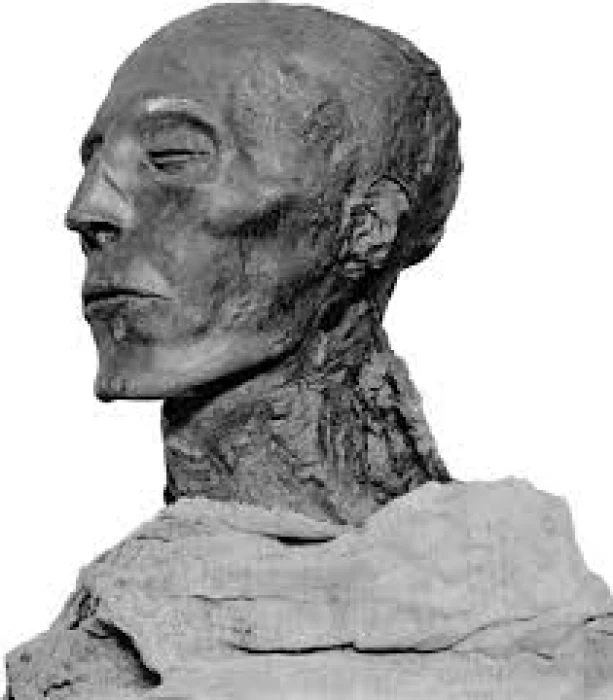
King Seti I
Admin
Pharaohs, Queens and Rulers of Egypt
Seti I (1294-1279 BC), was the second king of the 19th Dynasty and father of the great king Ramses II. His tomb is the highest, deepest, and most beautiful in the Valley of the Kings.
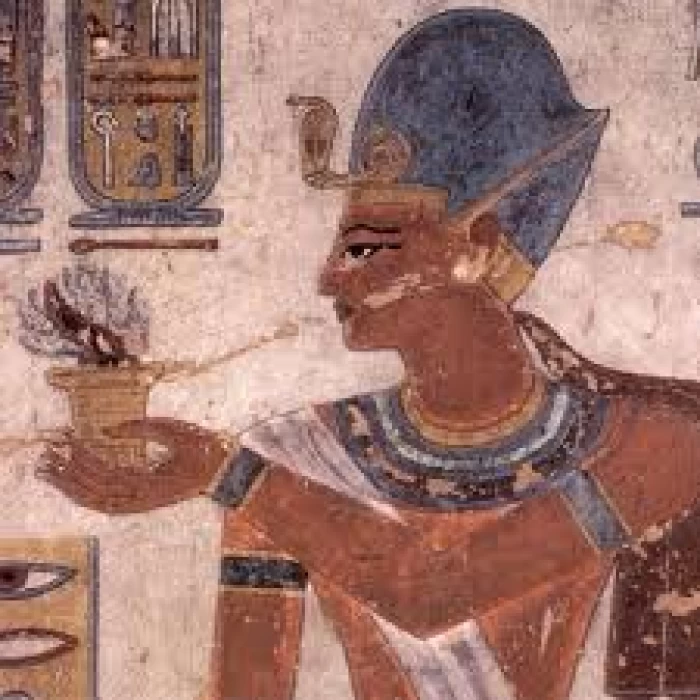
King Ramses III
Admin
Pharaohs, Queens and Rulers of Egypt
King Ramses III, is one of the greatest warrior kings in the history of ancient Egypt, where he fought, in the fifth and eighth eleventh year of his reign, the peoples of the sea and the Nuba from the south. He has many constructions, including the city of Habu and the Temple of Amun at Karnak, and the construction of his famous tomb called "KV11".
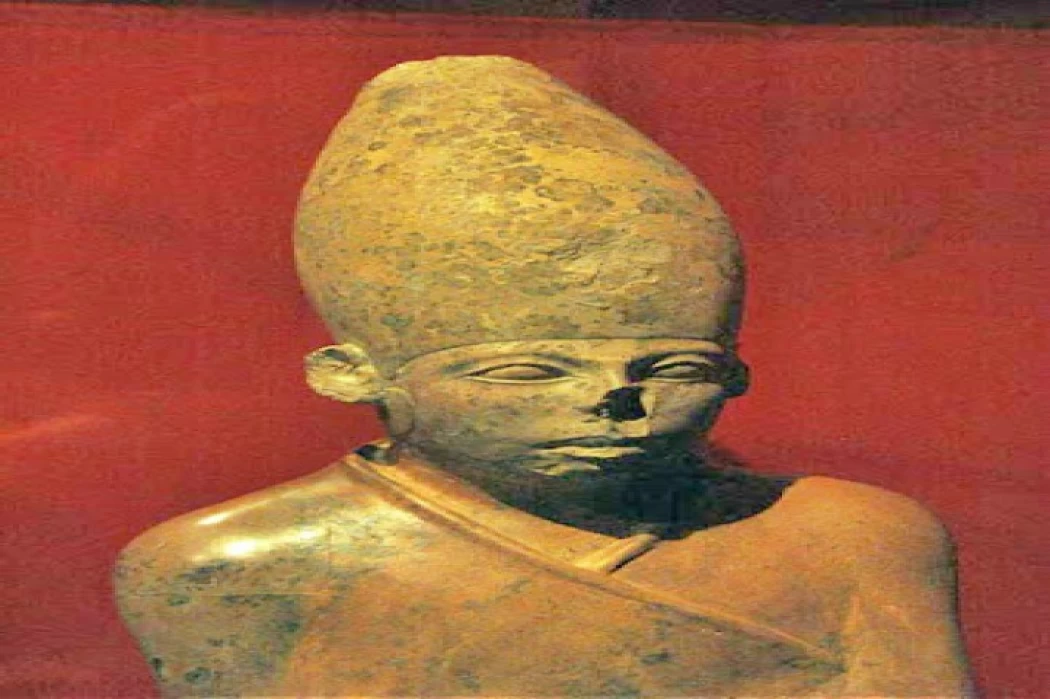
King Peribsen | 2nd Dynasty Kings of Egypt
Admin
Pharaohs, Queens and Rulers of Egypt
Peribsen is the pharaoh of the second Egyptian family ruled for seventeen years. He was buried at Abydos, where a seal inscription was found containing the first complete sentence written in hieroglyphics.
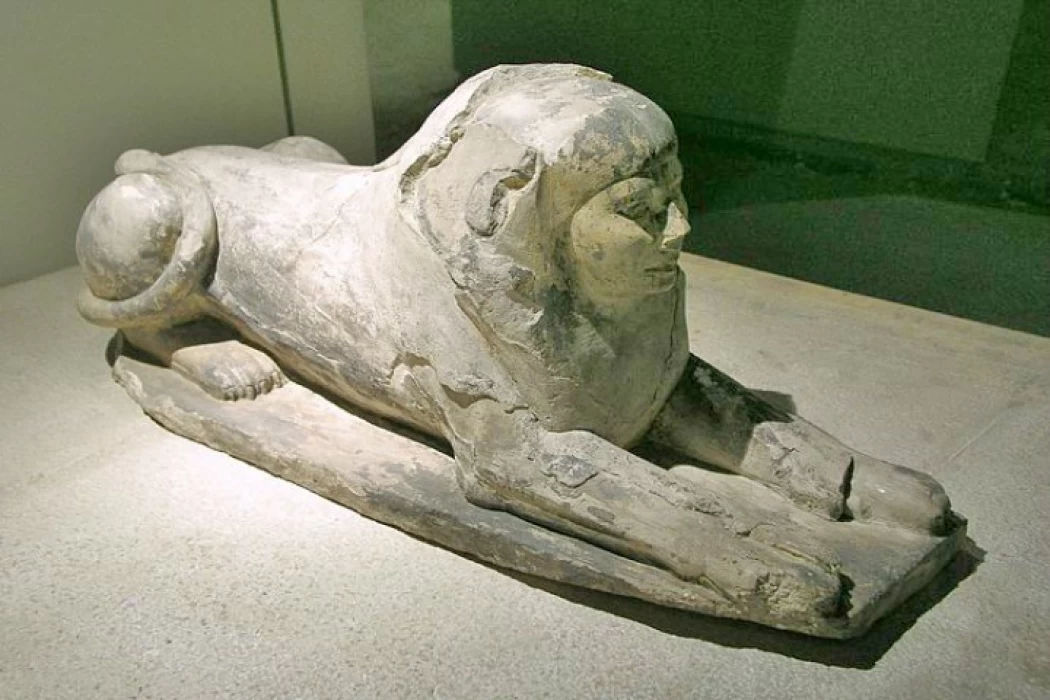
King Djedefre | Successor of Cheops
Admin
Pharaohs, Queens and Rulers of Egypt
Djedefre, is an ancient Egyptian king ( Pharaoh ) of the fourth dynasty within the ancient Egyptian kingdom. He is the son and direct successor to the throne of Cheops, the builder of the Great Pyramid. He is the first to associate his name with the sun god Ra. He wanted to build a pyramid-like the pyramid of his father Khufu in the area of Abu Rawash but did not finish his pyramid except by settling the base of the pyramid. He was succeeded by his son Khafre, who built for himself the second pyramid at Giza.
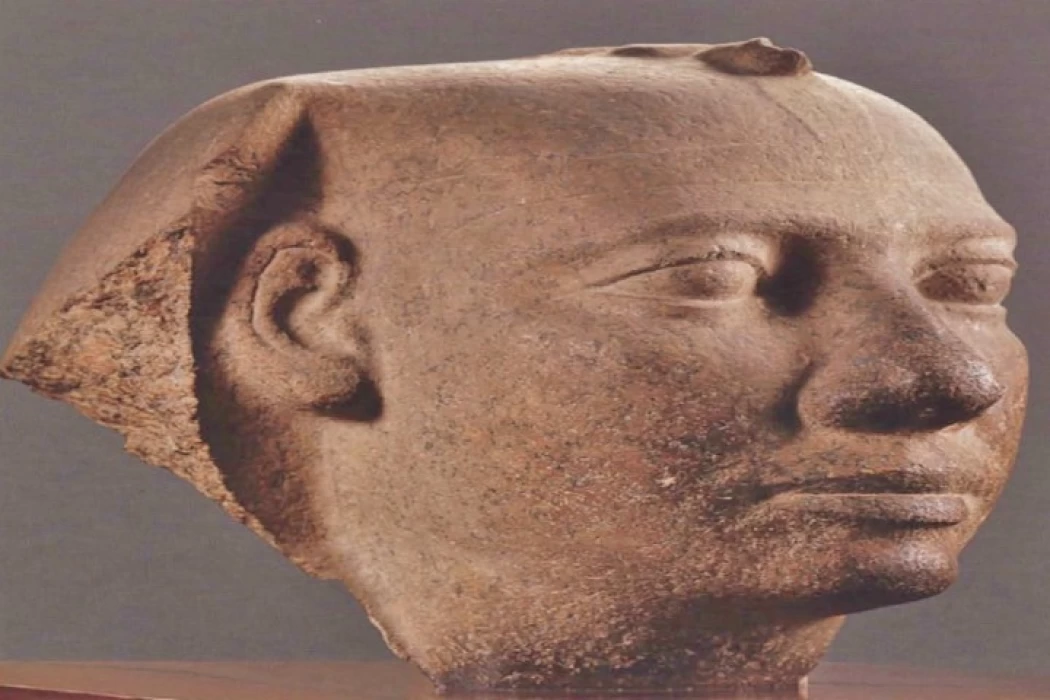
King Shepseskaf | Last King of the Fourth Dynasty
Admin
Pharaohs, Queens and Rulers of Egypt
Last king of the IV dynasty. Shepskaf assumed the government of Egypt after his father. He ruled for more than four years during which he built a tomb in the south of Saqqara in the form of a rectangular coffin known as the "Pharaoh's Mastaba". and his covenant was distinguished by the increased influence of the priests of the sun, thus contradicting the custom of his ancestors to build a pyramid for him. The association with the cult of the sun is a violation of the priests and their influence.
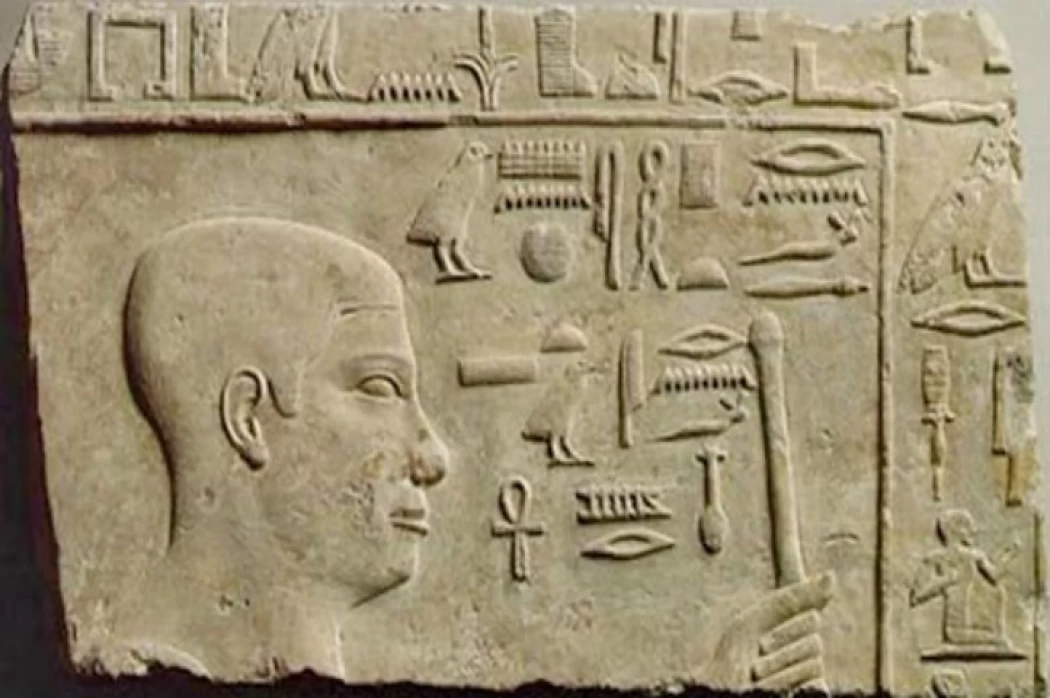
King Djedkare | 5th Dynasty of Egypt History
Admin
Pharaohs, Queens and Rulers of Egypt
King Djedkare is the eighth pharaoh of the kings of the fifth dynasty. He ascended the throne of Egypt from 2414 to 2375 BC, and his rule lasted almost 28 years. He did not build a solar temple like the kings of the Fifth Dynasty who preceded him, but he did build his pyramid in the area of "Saqqara".
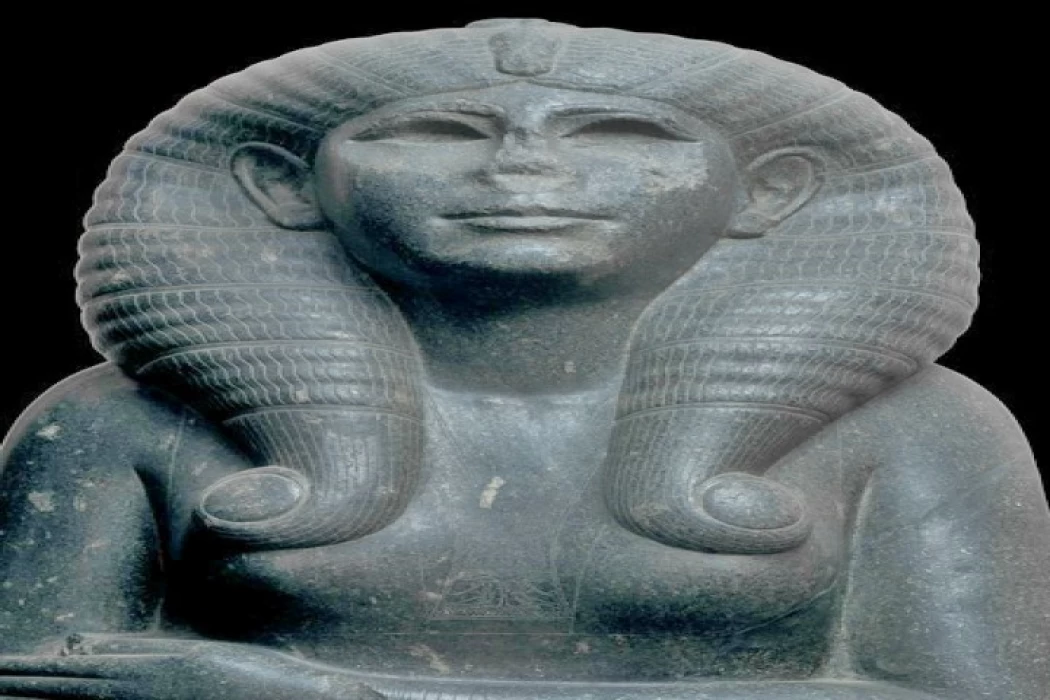
King Senusret II | 12th Dynasty Middle Kingdom
Admin
Pharaohs, Queens and Rulers of Egypt
King Senusret II was the fourth king of the XII Dynasty of Egypt, who succeeded his father, King Amenemhat II, and shared the government with him during his last years. And what most distinguishes him is his great interest in the Fayoum Oasis area, as he began to build a huge irrigation system that starts from Bahr Youssef and ends at Lake Morris.
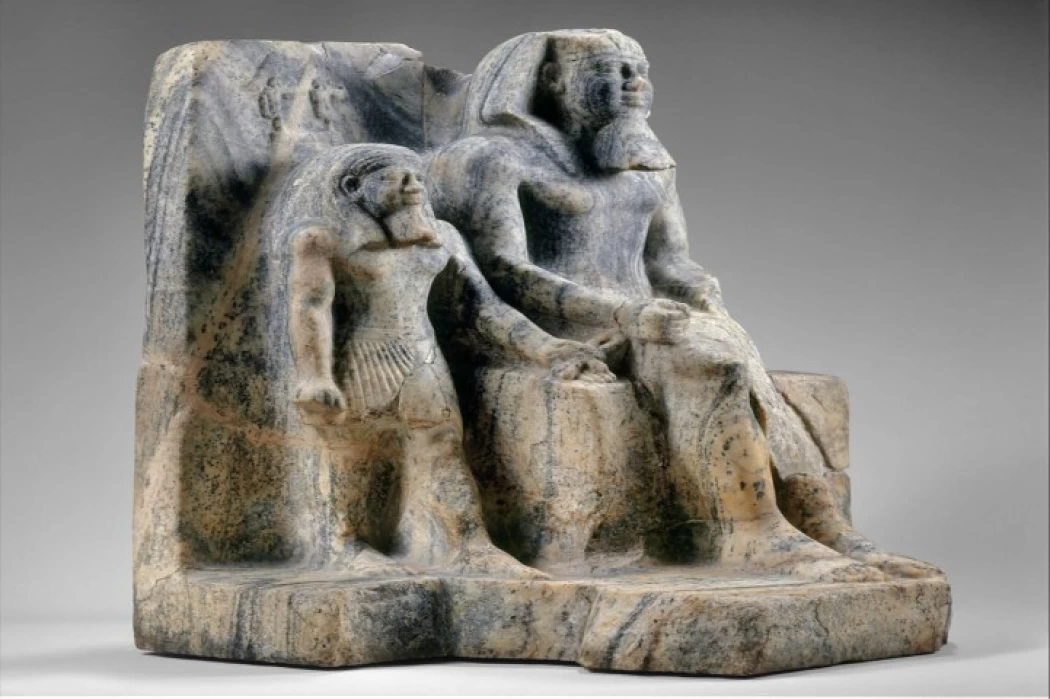
King Pepi I
Admin
Pharaohs, Queens and Rulers of Egypt
Baby I, the third pharaoh during the reign of the Sixth Dynasty. His reign is considered a period of stability and prosperity. He built a pyramid for himself at Saqqara and established several temples for himself at Tell Basta and Abydos.
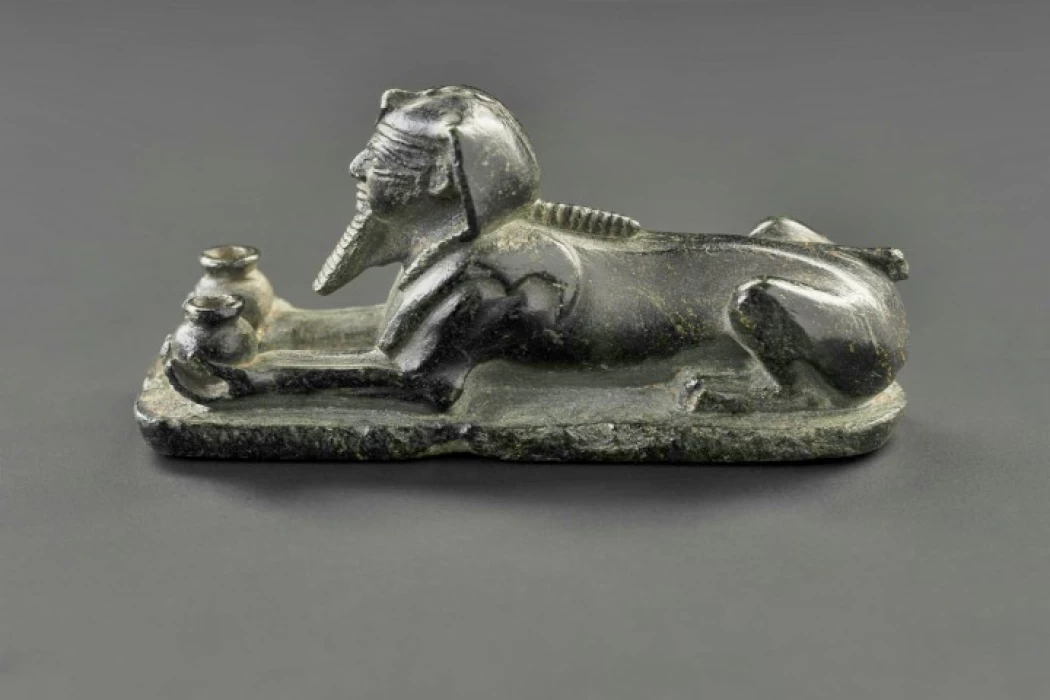
King Merenre I
Admin
Pharaohs, Queens and Rulers of Egypt
Pepi I's successor, Merenra I, is the fourth king of the Sixth Dynasty, ruled for a short period, and there is a possibility that he participated of his father for some years, and then relinquished power for a period of almost 9 years, and died while still in the early second decade of his age.
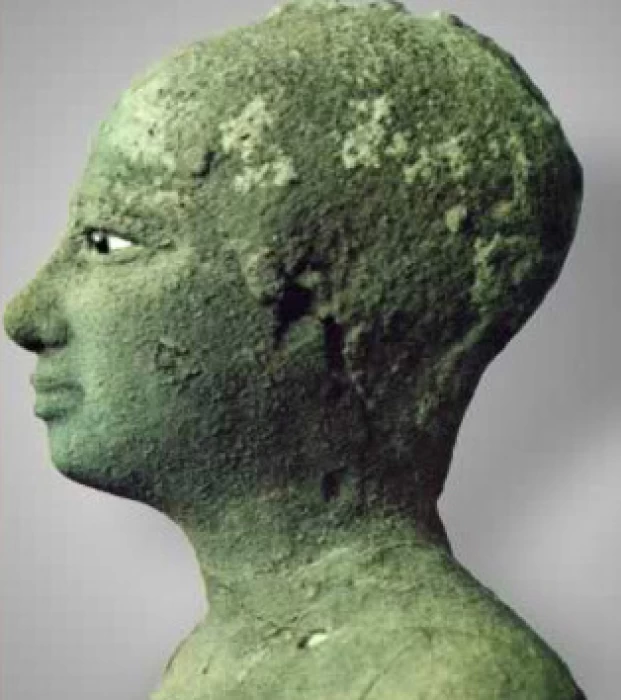
King Merenre II
Admin
Pharaohs, Queens and Rulers of Egypt
Merenra II reigned only one year and was succeeded by his half-brother, Pepi II. The new king had to be still a child at the time of ascending the throne because the canon of Turin and Manetone agree in attributing to him a reign of more than ninety years, dying more than a hundred years after a rather serene existence after all lively, casual. and generous, according to a literary source.
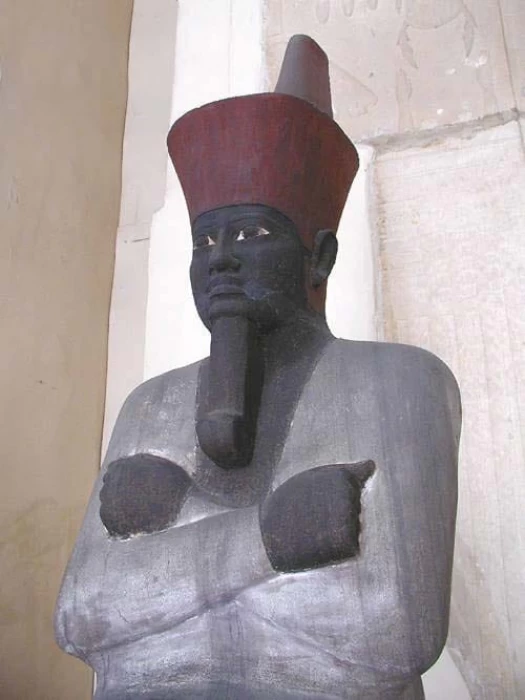
King Mentuhotep II | Last King of the 11th Dynasty
Admin
Pharaohs, Queens and Rulers of Egypt
Mentuhot II is an ancient Egyptian king who ruled from 2061 to 2010 BC, and the meaning of his royal name is (the god Montu is satisfied), he is the founder of the XV Dynasty. He is credited with the reunification of the country after the end of the turmoil of the First Decadence and became the first Egyptian king in the Middle Kingdom.
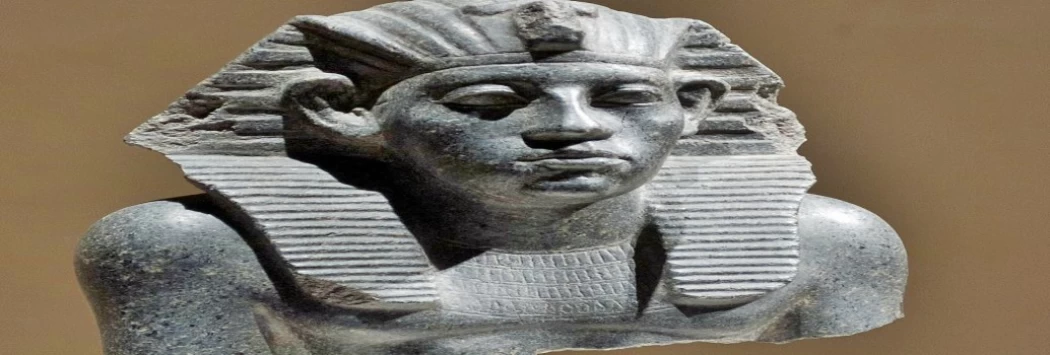
King Amenemhat I | 12th Dynasty Kings
Admin
Pharaohs, Queens and Rulers of Egypt
He is the first king of the Twelfth Dynasty, which is considered the golden age of the Middle Kingdom in Egypt. He ruled from 1991 BC to 1962 BC.
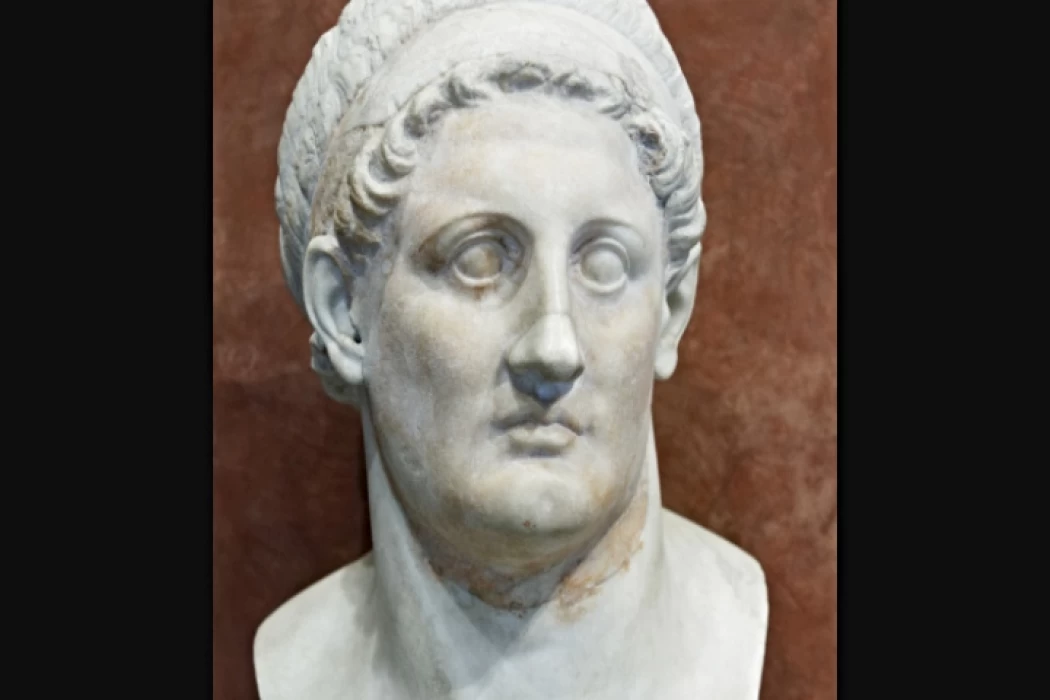
King Ptolemy
Admin
Pharaohs, Queens and Rulers of Egypt
The Macedonian of Ptolemy I was the Egyptian King, who in Alexandria established the dynasty of Ptolemy, and gave it the name of Poster or Savior.

Ptolemy II (Philadelphus)
Admin
Pharaohs, Queens and Rulers of Egypt
During Ptolemy II, at its summit Alexandria and the Alexandria Museum and Library have been taken over, the Ptolemy's influence reached its highest.
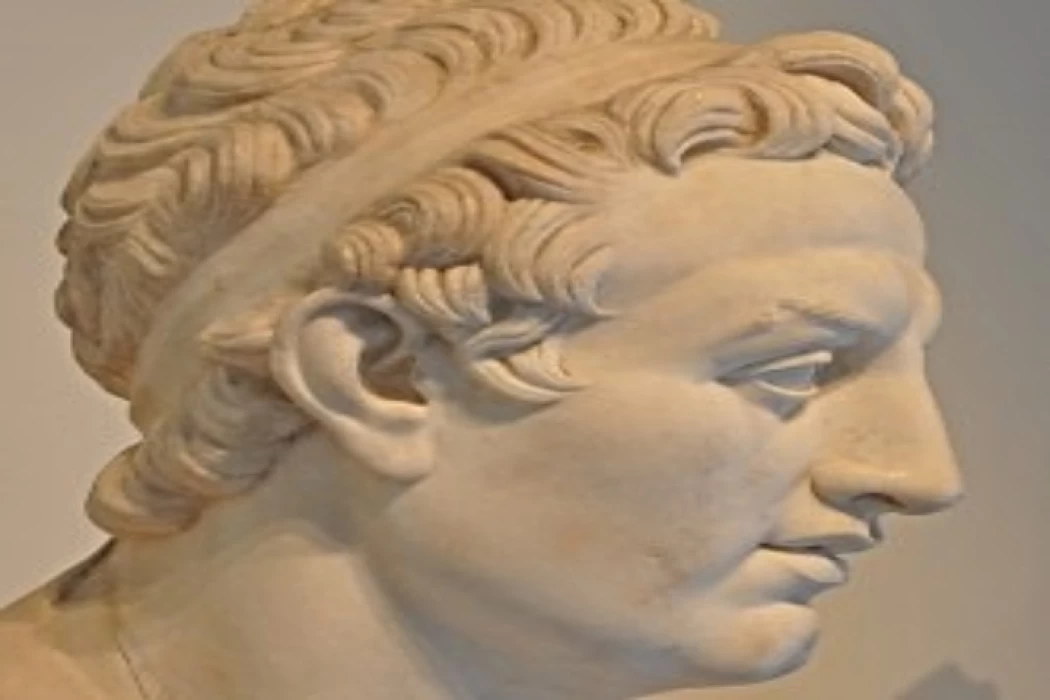
Ptolemy III the Ptolemies in Egypt
Admin
Pharaohs, Queens and Rulers of Egypt
Ptolemy III of Egypt, Ptolemy He rose to power after his dad died in 246 BC (Ptolemies II )

Ptolemy IV: King Ptolemy IV
Admin
Pharaohs, Queens and Rulers of Egypt
He was the third oldest son of King Ptolemaic, Philopator, Ptolemy IV, was the reigning Roman Emperor, Philopator, Philopator, Philopator.
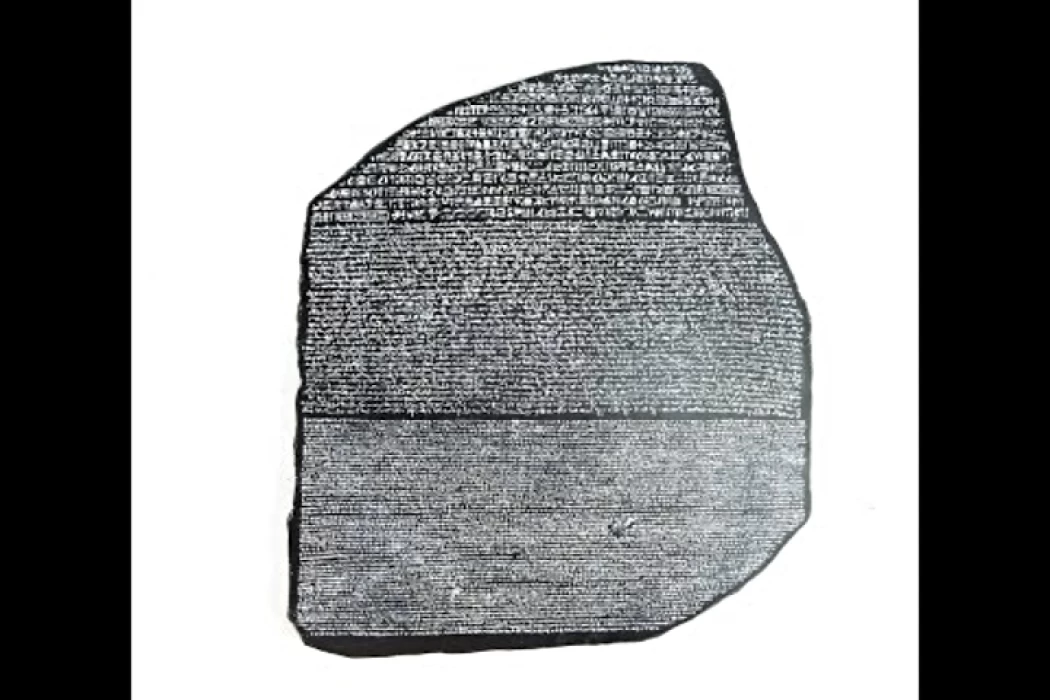
Ptolemy V king of Rosetta Stone
Admin
Pharaohs, Queens and Rulers of Egypt
Ptolemy V was the King of the Ptolemaic dynasty of Egypt from 204 BC through 180 BC, whose name is Epiphanes (Ptolemaic Dynasty of Egypt's Apparent God) Pharaoh.
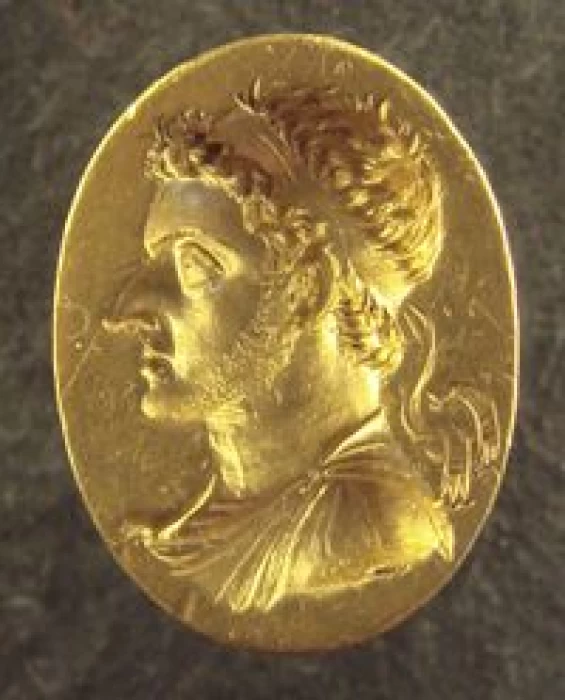
Ptolemy the Sixth
Admin
Pharaohs, Queens and Rulers of Egypt
Ptolemy the Sixth's title name is Philomator (meaning the lover of his mother).
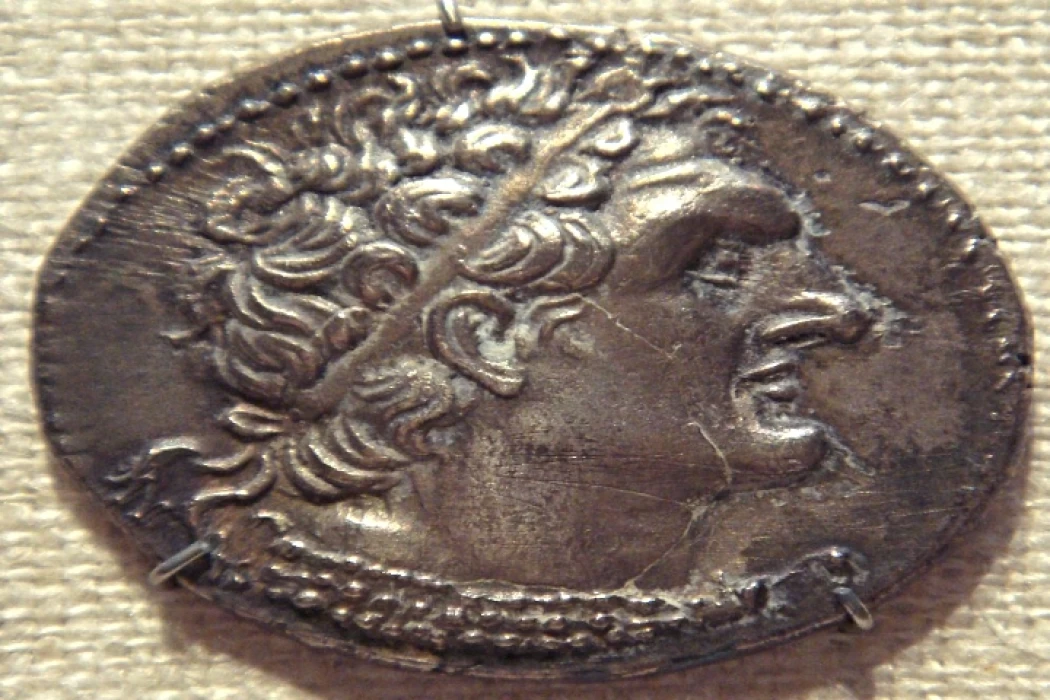
Ptolemy VII
Admin
Pharaohs, Queens and Rulers of Egypt
Ptolemy VII was one of the sons of Ptolemy V, and the brother of Ptolemy V.
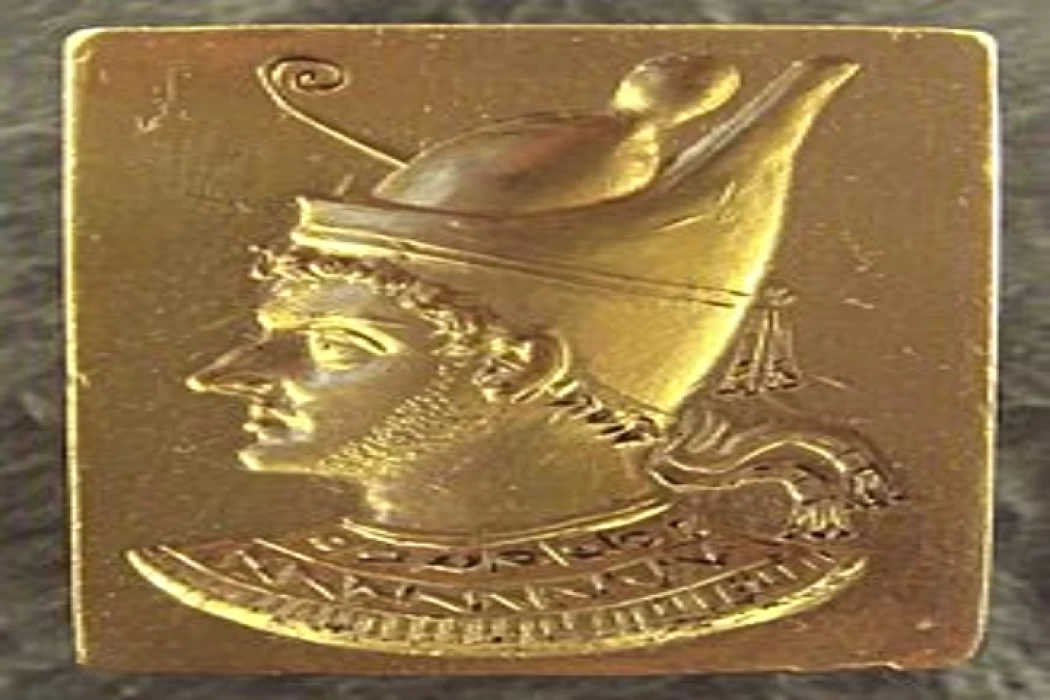
Ptolemy VIII his title was Yorgetis II (meaning goodness)
Admin
Pharaohs, Queens and Rulers of Egypt
Ptolemy VIII was called Yorgetis II (meaning goodness), but he was called Physkon (meaning the physical benefactor).
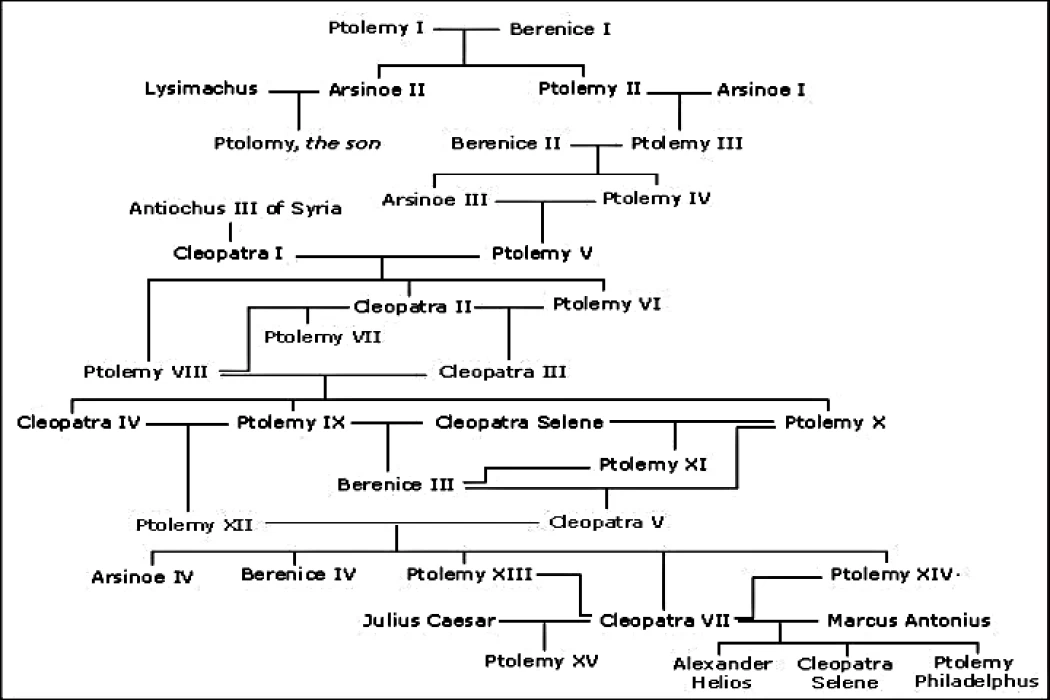
Ptolemy kings in Egypt from (VIIII - XII)
Admin
Pharaohs, Queens and Rulers of Egypt
The era of Ptolemy in Egypt has been marked by many governance disputes and is referred to as unstable times. The kings of Petolmy were concerned about internal conflicts and lost sight of their true region mission.
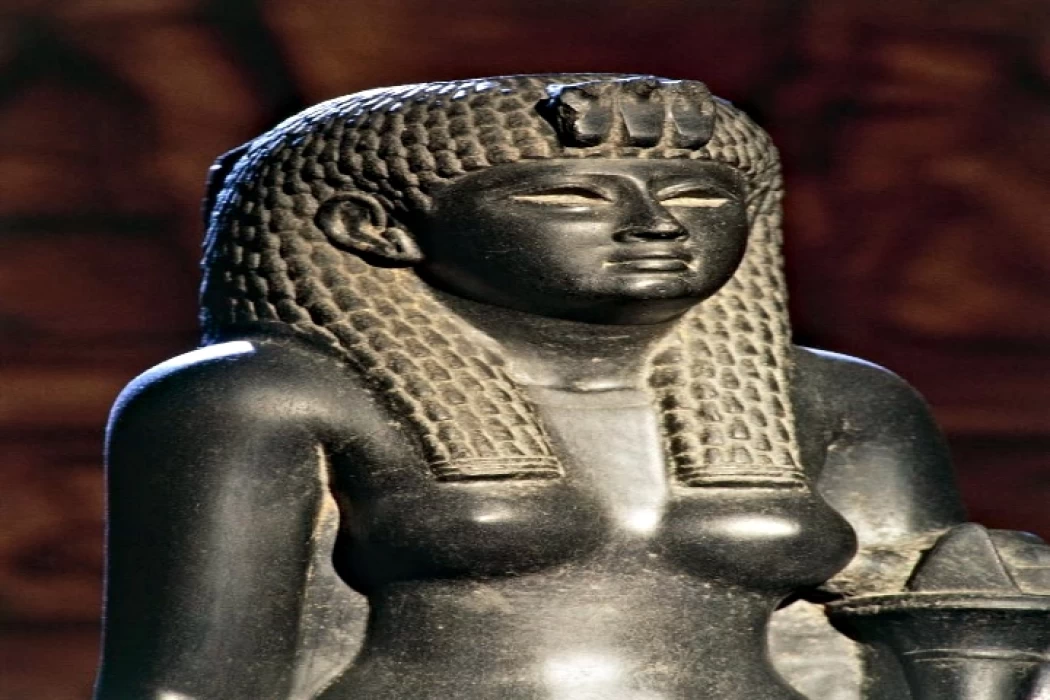
Cleopatra VII The last Petolmy kings
Admin
Pharaohs, Queens and Rulers of Egypt
The seventh Cleopatra is Cleopatra VII. As the world's most famous monarch, Cleopatra VI, last king of the Petolmy, is regarded. Her name is called "Cleopatra" and it is "the glory of her father."

The Royal Mummies Parade
Admin
Pharaohs, Queens and Rulers of Egypt
Egypt holds a 'mayor' royal parade for the removal of 22 royal mummies and 17 sarcasm scenes from the Egyptian Museum in Tahrir to the Ancient Egyptian National Museum for the completion of the transfer of royal mummies to the National Museum of Civilization in Ancient Egypt from the Egyptian Museum in Tahrir.

King Seqenenre
Admin
Pharaohs, Queens and Rulers of Egypt
Seqnenre, the second largest king in Egypt was the one who started the battle in Egypt to remove the Hyksos, ended with his son, Ahmose, the First.

Mr. Sisi the current president
Admin
Pharaohs, Queens and Rulers of Egypt
Abdel Fattah al-Sisi, Egyptian military officer, was born on November 19, 1954, in Cairo, Egypt. He became Egypt's de facto leader in July 2013, after the country's military expelled President Hosni Mubarak. In May 2014, he was elected president for the first time, and in March 2018, he was re-elected for a second term.
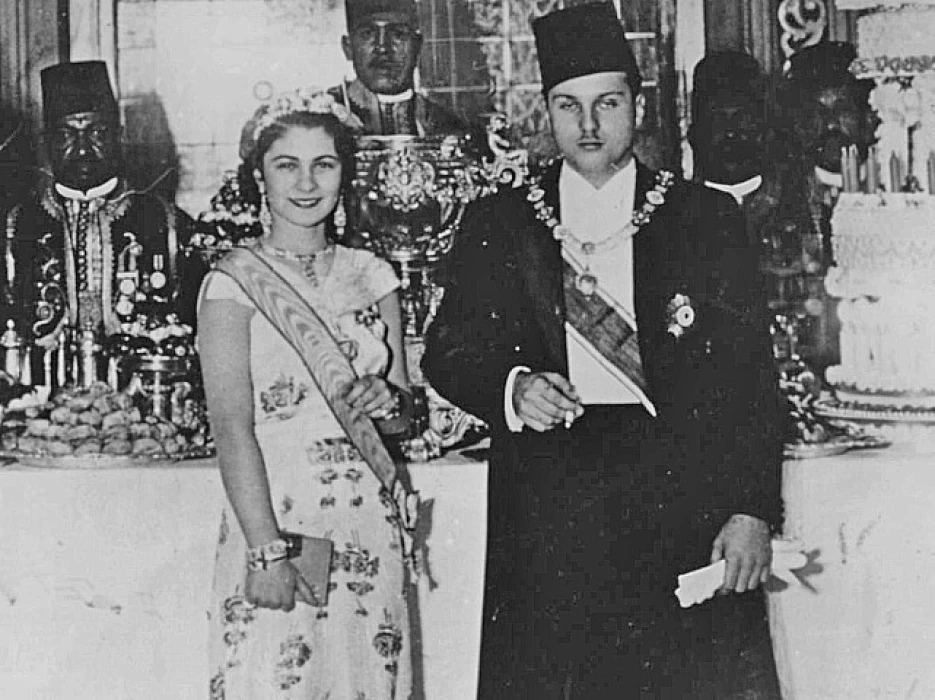
King Farouk
Admin
Pharaohs, Queens and Rulers of Egypt
King Farouk was Egypt's last king, and he was the eldest son of King Fouad, who trained him to rule in a strict manner by limiting the young prince's interaction with the outside world, and he became crown prince at a young age, earning the title of Prince of Upper Egypt.

Gamal Abdel Nasser
Admin
Pharaohs, Queens and Rulers of Egypt
Gamal Abdel Nasser Hussain, an Egyptian politician, served as Egypt's second President from 1954 to 1970.
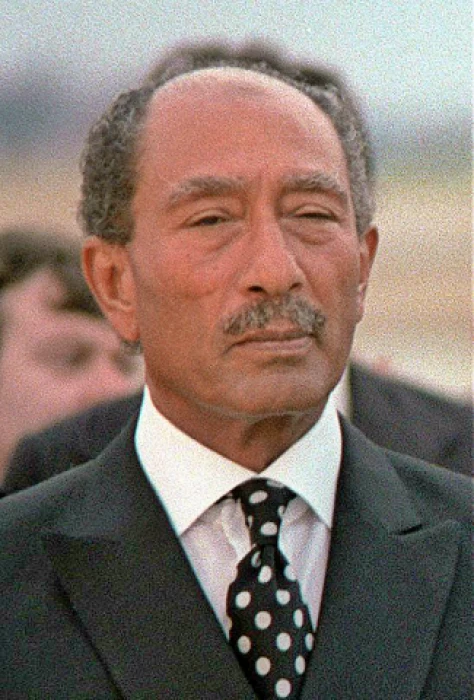
Anwar el-Sadat
Admin
Pharaohs, Queens and Rulers of Egypt
He was the third president of the Republic of Egypt after the time of the Pharaohs, serving from 1970 until his assassination in 1981 by extremists, and he was one of the founders of the Free Officers who overthrew the monarchy in the July 1952 revolution and became Vice President Gamal Abdel Nasser. Then came his replacement as president.
Amr Ibn El Aass
Admin
Pharaohs, Queens and Rulers of Egypt
Islamic leader Amr Ibn El Aas who conquers Egypt in the 7th century.
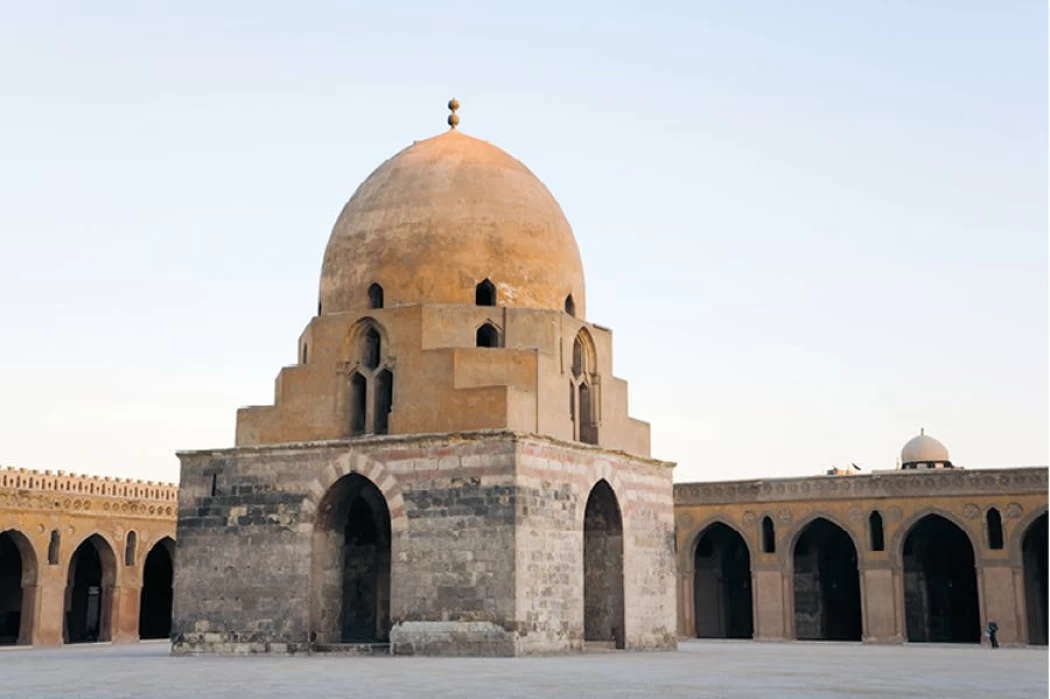
Ahmad Ibn Tulun life and his achievements
Admin
Pharaohs, Queens and Rulers of Egypt
Ahmad ibn Tulun was the founder of the Tulunid dynasty that ruled Egypt and Syria between 868 and 905. Originally a Turkic slave-soldier. The Mosque of Ibn Tulun is located in Cairo, Egypt. It is one of the oldest mosques in Egypt as well as the whole of Africa surviving in its full original form and is the largest mosque in Cairo in terms of land area.

The last pharaoh Nectanebo
Admin
Pharaohs, Queens and Rulers of Egypt
The 30th Dynasty was not one of Egypt's greatest moments, despite the fact that Nectanebo
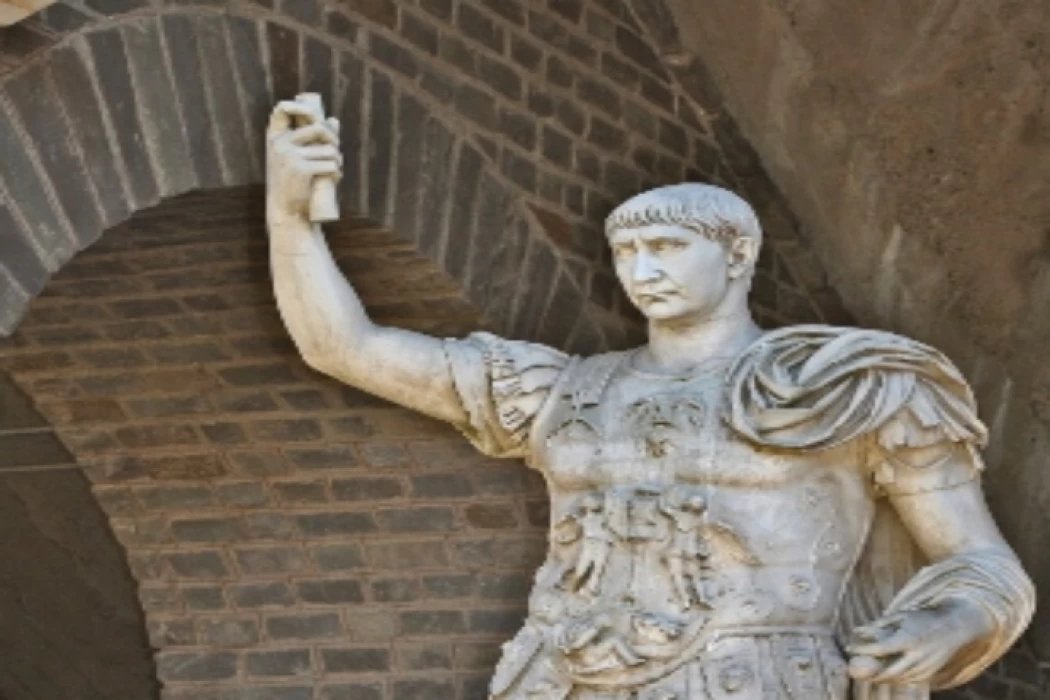
Trajan The Roman Emperor
Admin
Pharaohs, Queens and Rulers of Egypt
Trajan was an emperor of Rome born on September 18,53 A.D in the Roman province of Hispania (the modern-day country of Spain). Trajan was considered one of the best emperors by the Roman council. After his death, they would honor new emperors with the saying "be luckier than Augustus and better than Trajan."
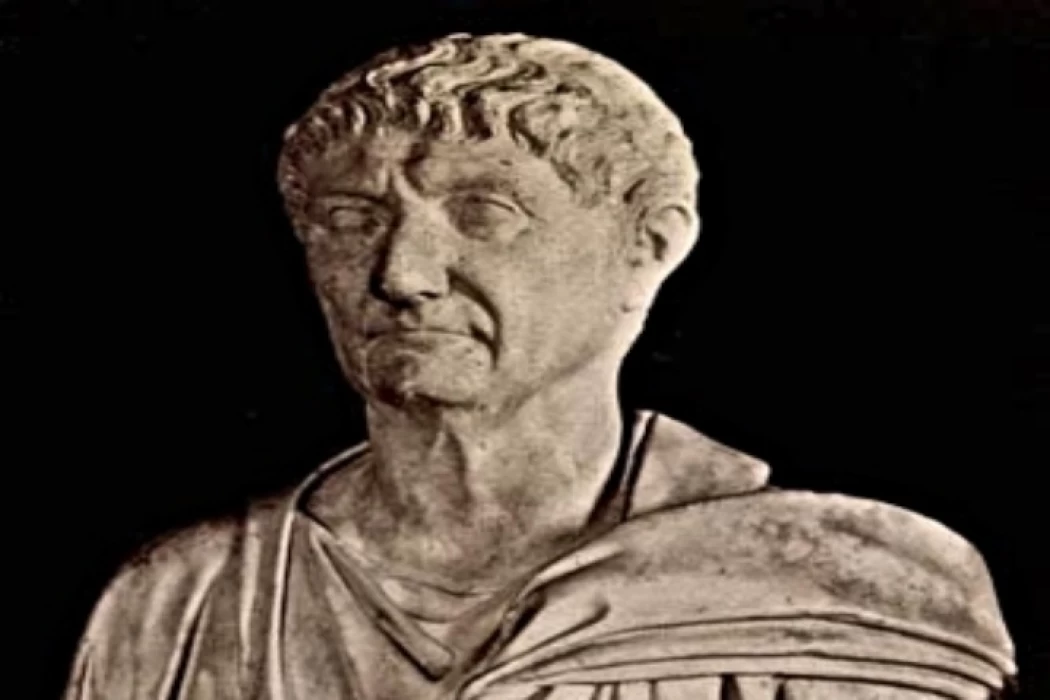
Emperor Diocletian The Roman
Admin
Pharaohs, Queens and Rulers of Egypt
Diocletian was a great emperor who ended a period of disturbance in the Roman world. Known as a great reformer with a harsh personality, he earned respect where others failed miserably. Born in 244, in the Balkans. he grew up in turbulent conditions with little government or stability.
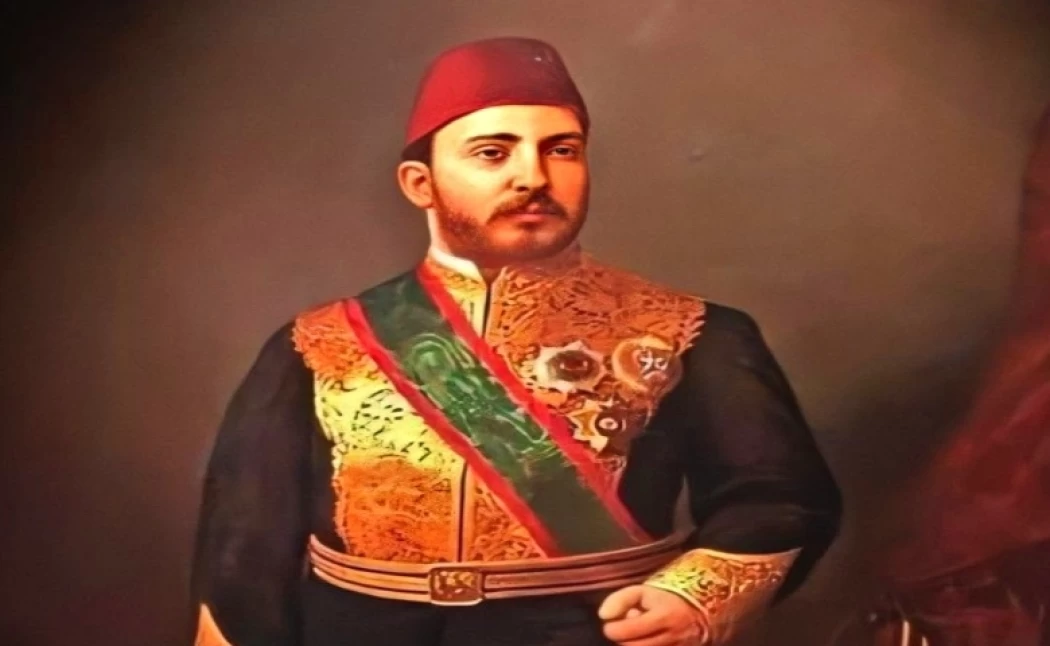
Khedive Muhammad Tawfiq | Khedive of Egypt | Tawfīq Pasha
Admin
Pharaohs, Queens and Rulers of Egypt
He was the eldest son of Khedive Ismail, and was born on March 20, 1852. His mother was Princess Shafiq-Nur. He was not sent to Europe to be educated like his younger brothers, but grew up in Egypt. He spoke French and English fluently. In Cairo on 15 January 1873 he married Princess Emina Ilhamy (Constantinople, 24 May 1858 – Bebek, Istanbul, 19 June 1931), daughter of Prince Ibrahim al-Hami and Parlanta Qadin.
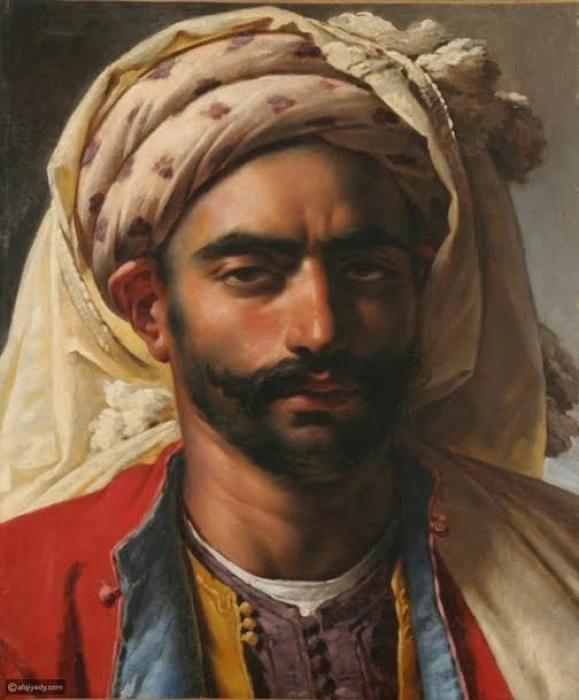
Al Hakim bi Amr Allah
Admin
Pharaohs, Queens and Rulers of Egypt
Al Hakim bi amr allah is fatimid ruler His name was Abu Ali Al-Mansour Bin Al-Aziz Billah Ibn Nizar. Kings of Egypt and the Levant followed, and he followed the caliphate when he was 11 years old, after his father, Aziz Billah, died, and his mother was a Russian Christian.
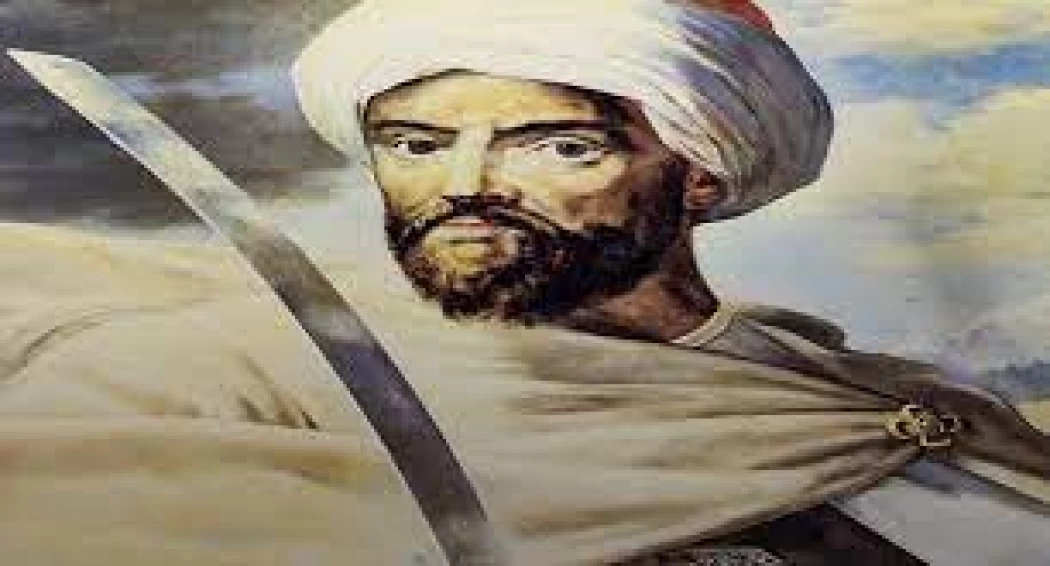
Al-Moez Ldin Allah Al Fatmi
Admin
Pharaohs, Queens and Rulers of Egypt
Al-Moez Ldin Allah Al Fatmi was ruled from 953 until 975. He is the fourth Fatimid caliph in Tunisia and the first Fatimid caliph in Egypt. He ruled Egypt for a period of three years, from 972 AD to 362 AH. He was born in Mahdia, Tunisia.
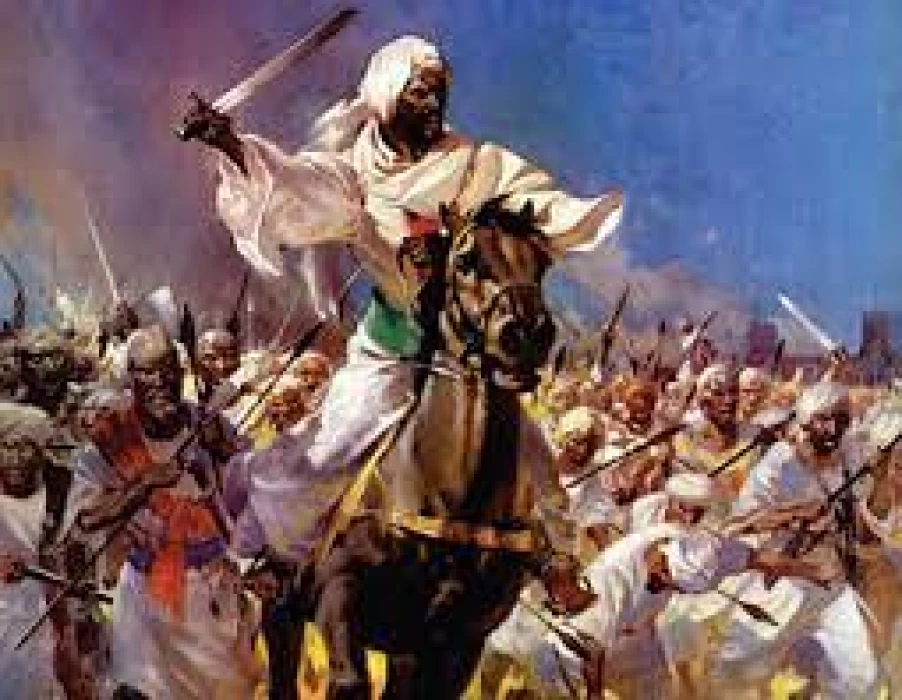
Kafur Abu al-Misk
Admin
Pharaohs, Queens and Rulers of Egypt
The governor of Egypt ''Kafur Abu al-Misk'', is one of the rulers of the Ikhshidid state, and in the year 966 AD, Kafur became the Abbasid governor over Egypt for 23 years, and he was credited with the survival of the Ikhshidid state in Egypt.
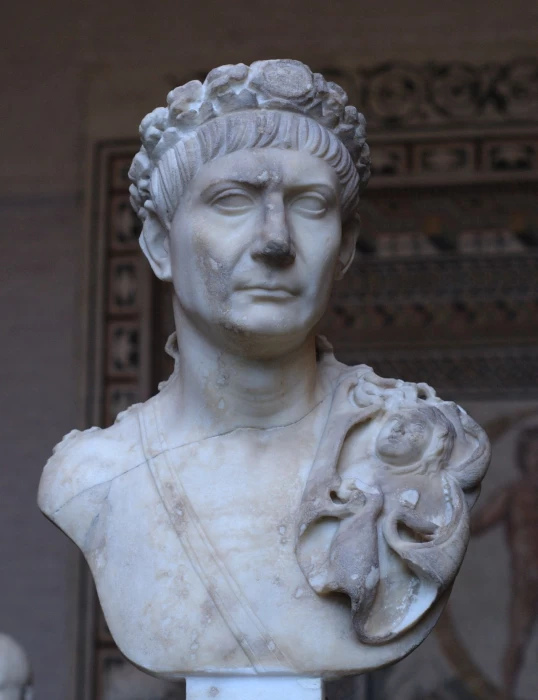
Emperor Trajan
Admin
Pharaohs, Queens and Rulers of Egypt
Emperor Trajan was the first Roman emperor born in Italica. A soldier and an administrator, he entered Rome easily and won the popularity of the people.
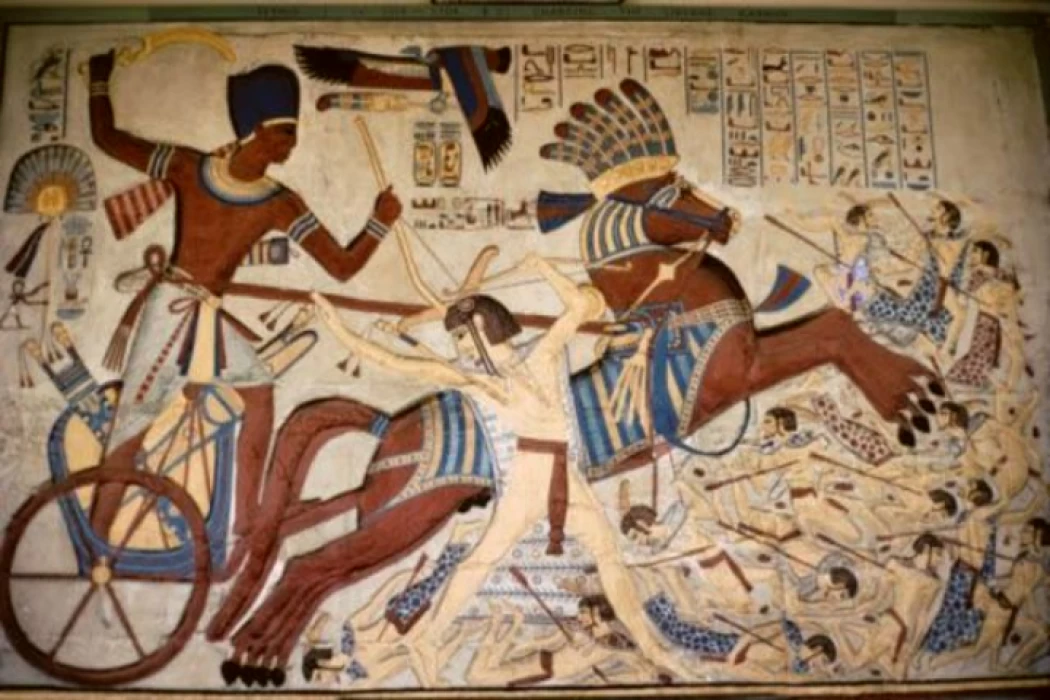
King Ahmose | The Warrior Pharaoh of Ancient Egypt
Admin
Pharaohs, Queens and Rulers of Egypt
Ahmose I, the liberator of Egypt, expelled the Hyksos and the Asians and was the founder of the Eighteenth Dynasty - the greatest ruling dynasty in Egypt. M rule from 1550 BC. Until 1525 BC. Ahmose was the son of King Tao II Seqenenre, and brother of the martyred King Kamose, the last king of the seventeenth dynasty. At the age of ten, Ahmose assumed power after the death of his father and the martyrdom of his brother in the war against the Hyksos. Upon assuming the throne, he took the royal name Neb-Pahti-Ra (Ra is the master of power).
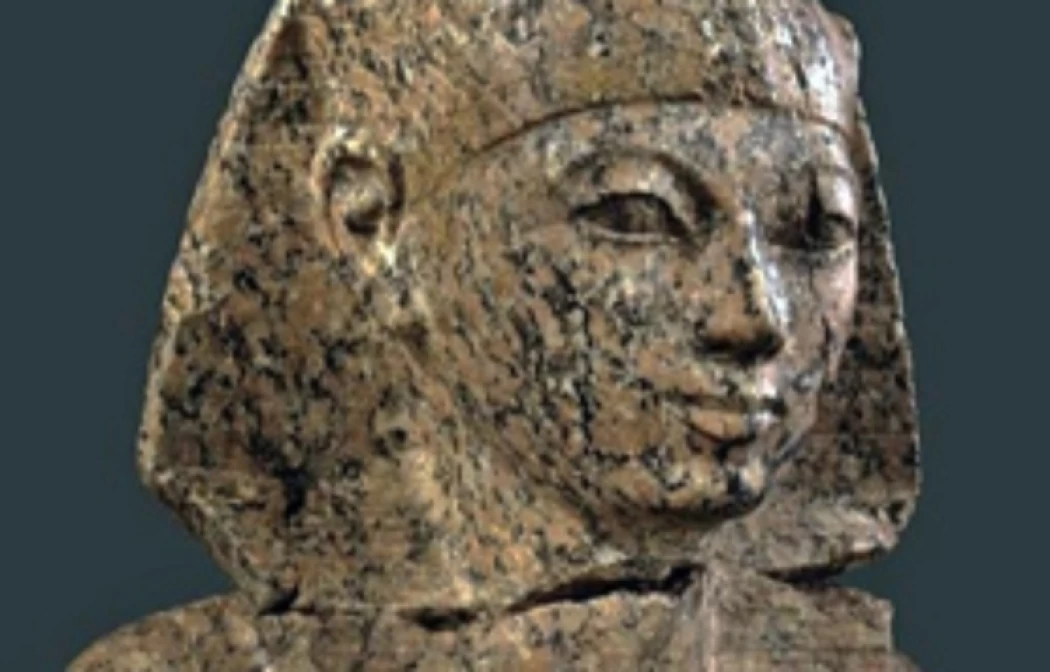
King Ahmose I
Admin
Pharaohs, Queens and Rulers of Egypt
Ahmose I, king of ancient Egypt (reigned c. 1539–14 BCE) and founder of the 18th dynasty who completed the expulsion of the Hyksos (Asiatic rulers of Egypt), invaded Palestine, and re-exerted Egypt's hegemony over northern Nubia, to the south.
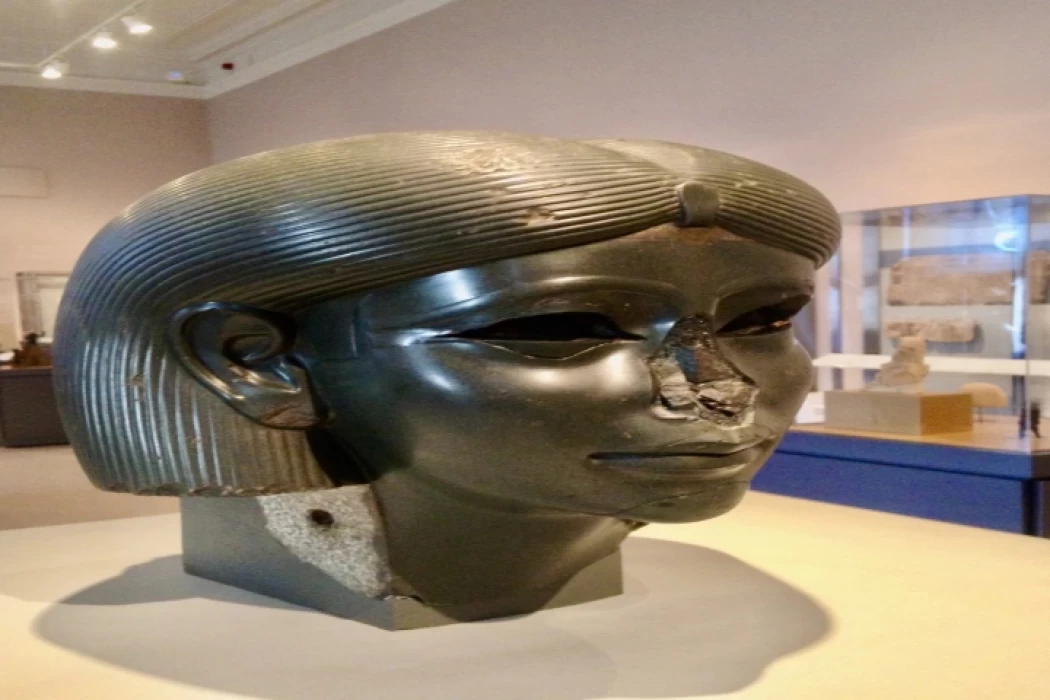
Sobekneferu | the First Queen of Egypt
Admin
Pharaohs, Queens and Rulers of Egypt
Like every person who leads and leads the way, and especially like every woman who assumes a role otherwise attributable only to men, Sobekneferu's life story is full of surprising and powerful events that serve as a source of inspiration. Sobekneferu, also known as Neferusobek or "the beauties of Sobek," is the first queen of Egypt that official research has reliably classified as a ruler of the ancient empire.
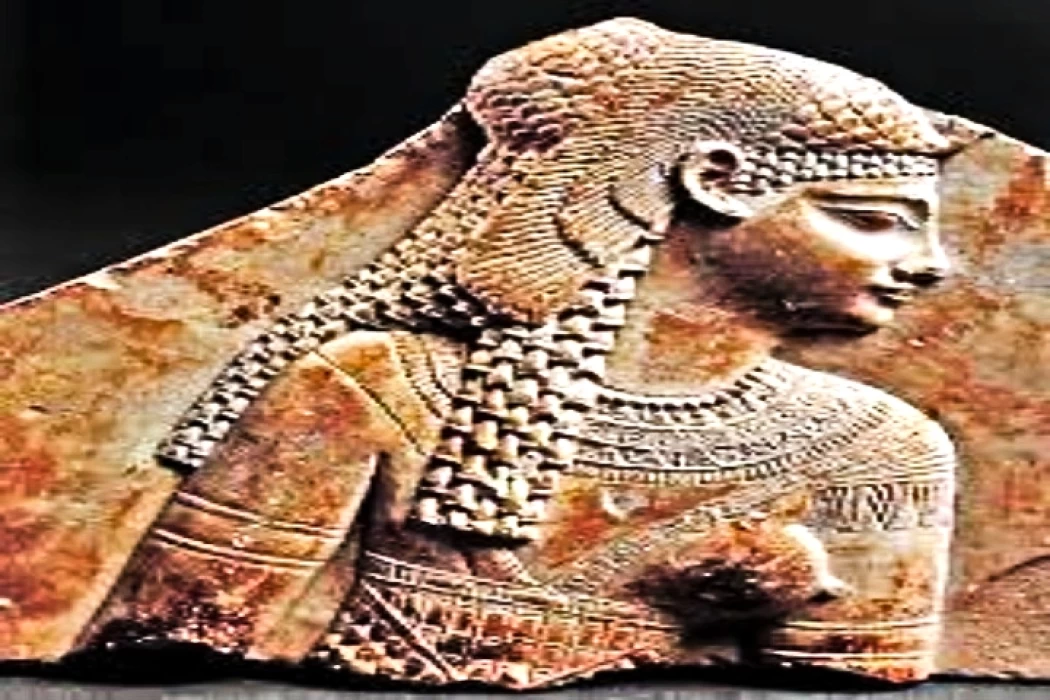
Arsinoe IV
Admin
Pharaohs, Queens and Rulers of Egypt
Arsínoe IV was the younger sister of the famous Cleopatra VII. During the Alexandrian Wars she was confronted with her, who had joined Julius Caesar. Arsínoe wanted to occupy the throne of Egypt, but the Romans defeated the Egyptians and she was captured.
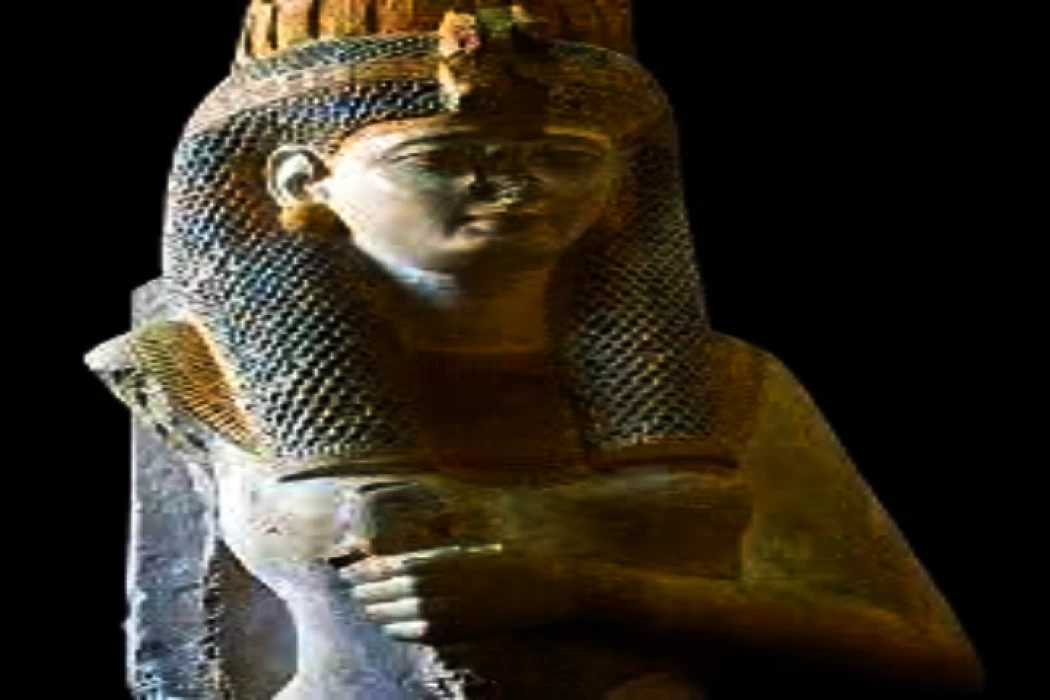
Queen Merneith
Admin
Pharaohs, Queens and Rulers of Egypt
Merytneit or Merneit was a queen ruler of the I dynasty of Egypt, ca. 2930 B.C. according to contemporary mentions and archaeological findings.
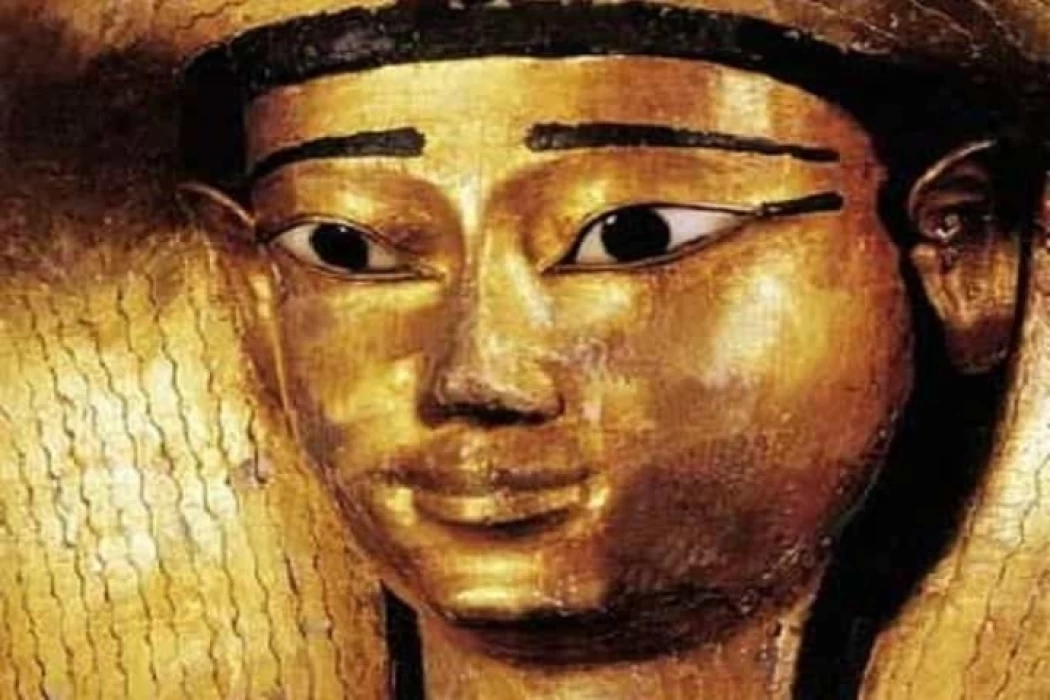
Queen Ahhotep
Admin
Pharaohs, Queens and Rulers of Egypt
Ahhotep was an Egyptian queen of the late seventeenth and early eighteenth dynasty (around 1570-1540 BC), who served as regent during the minority of the pharaoh Ahmose and promoted the expulsion of the Hyksos rulers.
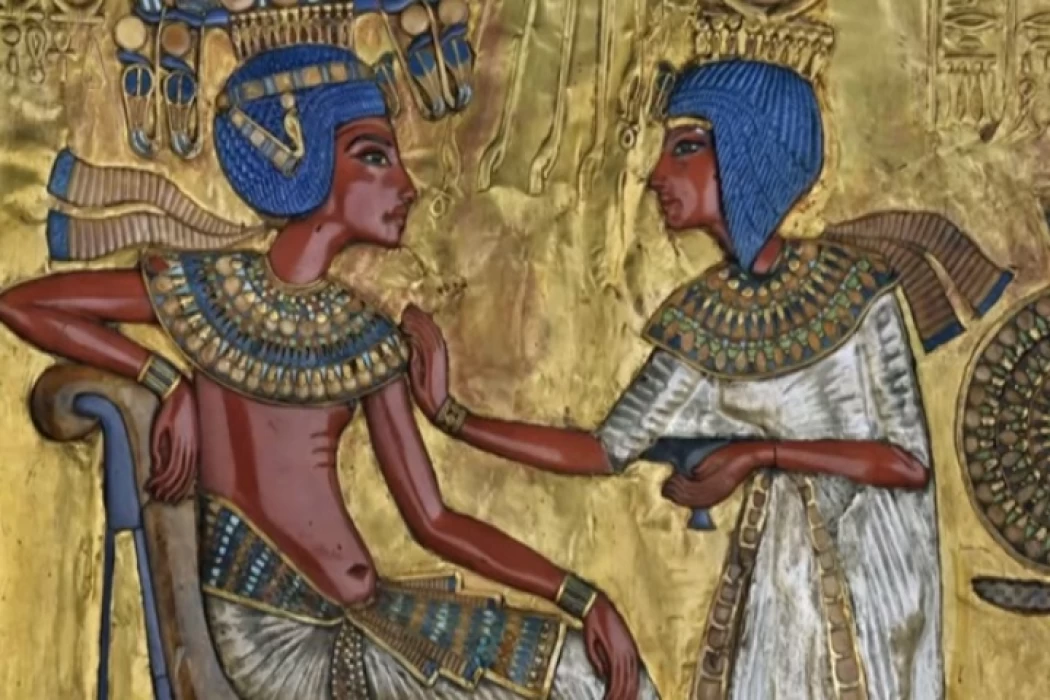
Queen Ankhesenamun
Admin
Pharaohs, Queens and Rulers of Egypt
Anjesenamon was the third of the six daughters of Akhenaten and the Great Royal Wife, Nefertiti. Her original name, Ankesenamen, means She Who Lives for Amun.
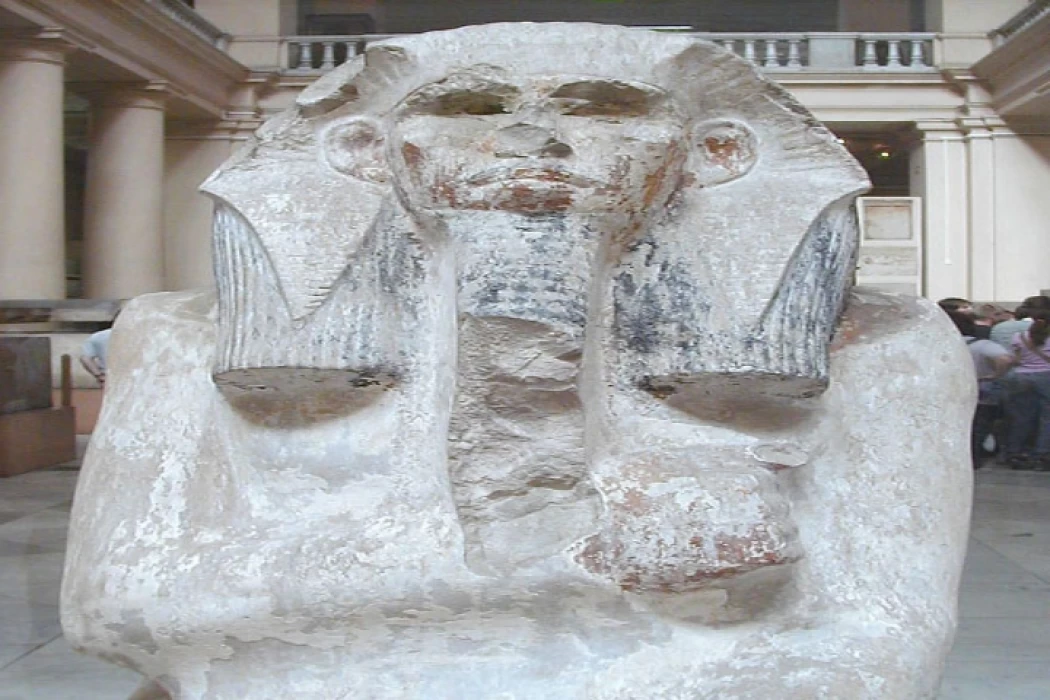
King Zoser
Admin
Pharaohs, Queens and Rulers of Egypt
Djoser is well known for two reasons: firstly, he is credited with saving Egypt from a seven-year famine by rebuilding the Temple of Jnum, the source god of the Nile River. Secondly, and more importantly, Djoser is known for his funerary monument, the step pyramid at Saqqara, which was built mainly of stone blocks rather than mud bricks under the guidance of the famous architect Imhotep. The fact that Djoser was able to end famine and build such a large monument suggests that, during his reign, Egypt remained politically and economically stable.
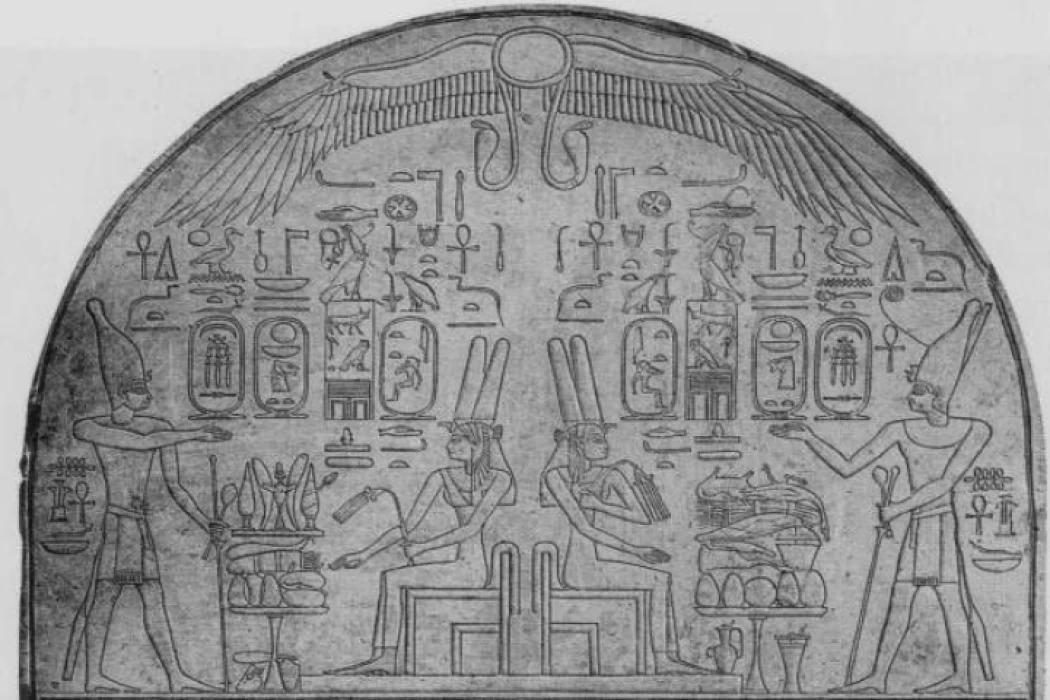
Queen Tetisheri
Admin
Pharaohs, Queens and Rulers of Egypt
Tetisheri( Thebes 1541 BC) was a queen of the Egyptian royal family of the late seventeenth dynasty and the early eighteenth. She was the woman of Senajtenra Ahmose, Seqenenra's mother and Kamose, and grandmother of AmosisI.
Egypt Tours FAQ
Read top Egypt tours FAQs
Visa and Mastercard credit cards can be used without problems, depending on the amount of the purchase you may be charged a commission fee. There are some businesses that will exchange euros for Egyptian pounds at better rates than the official exchange rate.
The Egyptian people respected their kings so much and venerated them to the point that they considered them like gods and worshiped them. These kings accomplished many great achievements, such as building luxurious temples that still exist to this day.
In the past, Egypt was ruled by a group of the strongest and greatest kings and pharaohs in history, whose achievements still amaze the world until now, such as King Khufu, Khafre, and Menkaure, who built the pyramids, which are still among the Seven Wonders of the World. You will be impressed by the treasures left by King Tutankhamun, even though he was one of the youngest kings, who ruled Egypt.
A long time ago, there was a king who made two different places come together and become one country called ancient Egypt. This is where the history of ancient Egypt starts, and historians divide it into different periods. Sometimes, they are not sure about the exact dates of things that happened in the past.
Sobekneferu was a special lady who became a ruler in Egypt a long time ago. She was the first woman to use a special title that showed she was a queen. She was also the first ruler to be connected to a god called Sobek, who is like a crocodile. Sobek's name was part of her name.
The ancient Egyptian kings and pharaohs were a group of the most powerful rulers in the world throughout history because they made countless great achievements that history still remembers until now. They were able to defeat the most powerful armies in the world, and these victories have been chronicled on the walls of Egyptian temples until our present era.
Thutmose III was a strong and brave fighter who made Egypt very powerful by winning battles and taking over other lands. He conquered Syria and defeated the Mitannians by crossing a big river called the Euphrates. He also went down the Nile River and took control of a place called Napata in Sudan.
The ancient Egyptians were always proud of their kings and queens because they performed many great deeds, such as defending their country against enemies and building many impressive temples. They were interested in developing the economic and military aspects of the country.
During the reign of the Pharaohs, Egypt witnessed the construction of several significant structures, including temples, pyramids, and other architectural marvels, each with its own unique stories and symbols. Here are some of the most notable:
- The Great Pyramid of Giza (Pyramid of Khufu)
- The Sphinx.
- The Temple of Luxor
- The Temple of Karnak
- The Valley of the Kings
- Abu Simbel Temples
- The Temple of Hatshepsut
- The Temple of Edfu
- The Step Pyramid of Djoser
Cleopatra was a very important queen in Egypt a long time ago, and she is known as one of the most famous female rulers ever.
Some notable figures in Egypt's history include the great pharaoh Khufu, Queen Cleopatra, and Pharaoh Ramesses II.
The Egyptian Republic embraces the oldest and most influential civilizations throughout history, so this country can be regarded as a treasure trove of culture and history. Egypt contains many ancient historical signs that the country is famous for this time
Egypt is renowned for many tourist places that attract most tourists. It is one of the seven wonders of the world. These are the pyramids that the pharaohs regarded as graves for them, as well as the Cairo Tower and the Egyptian Museum, and visit the city of Luxor, which includes one-third of Egypt's monuments.
Are you ready to join us on a tour that takes you sight to visit Egypt and enjoy the beauty of its thrill!
The first ruler of ancient Egypt was Narmer, also known as Menes, who lived around 3100 BC. He is credited with unifying Upper and Lower Egypt by defeating the king of Lower Egypt and wearing the double crown of both regions. He also founded the first dynasty and established the capital at Memphis.
Cleopatra, last pharaoh of Egypt, may be the most famous female ruler in all of history. But her Roman enemies made her notorious for all the wrong reasons: her political ambitions, her sumptuous lifestyle, and above all her love affairs with Julius Caesar and Mark Antony.
Egypt's ancient history is characterized by numerous pharaohs, queens, and rulers who significantly shaped the civilization. Key figures include Menes (Narmer), Djoser, Sneferu, Khufu, Hatshepsut, Akhenaten, Tutankhamun, Ramses II, Queen Cleopatra VII, Nefertiti, and Alexander the Great. Pharaohs like Menes, Djoser, Sneferu, Khufu, Hatshepsut, Akhenaten, Tutankhamun, Ramses II, Queen Cleopatra VII, and Nefertiti were known for their political prowess and alliances. The Ptolemaic dynasty, founded by Ptolemy I Soter, ruled Egypt until Cleopatra's reign. The era of pyramid construction was ushered in by pharaohs like Menes, Djoser, Sneferu, Khufu, Hatshepsut, Akhenaten, Tutankhamun, Ramses II, and Nefertiti.
King Tutankhamun, also known as the "Boy King," is one of the most famous pharaohs of ancient Egypt. His tomb was discovered relatively intact in the Valley of the Kings, providing remarkable insights into ancient Egyptian burial practices and art. The discovery of his tomb in 1922 by Howard Carter sparked worldwide fascination with ancient Egypt.
Egypt, the country of successive civilizations, has the longest history in more than seven thousand years BC to today, Through this long history, Egypt has a great cultural depth and historical heritage, such as the Pyramids of Giza, Karnak, the Temple of Hatshepsut, the Temple of Luxor, the Temple of Horus, the Temple of O Semple, the statue of Abu al-Hol, the Valley of Kings and queens.
Egypt is renowned for having many important historical places in the world, including one of the seven most famous monuments in the world, the pyramids of Giza, which is one of the most famous tourist attractions that hijacks the eyes of those who visit it. You can also visit the city of Luxor, which includes one-third of Egypt's monuments, including the Valley of Kings and Queens, the Temple of Luxor, and the Karank.
You can visit these places in Egypt on a tour with us to discover ancient Egyptian civilization and Egyptian ancient secrets in all aspects of life.
Join us now and book your tour with us!
Cleopatra, the last pharaoh of Egypt, is known for her relationships with Julius Caesar and Mark Antony. Her reign marks the end of the Ptolemaic dynasty and the beginning of Roman Egypt.
In ancient Egypt, queens had important positions and sway. They were regarded as the pharaoh's chief wife and frequently went by the moniker "Great Royal Wife". Nefertiti, the wife of Akhenaten, and Nefertari, the wife of Ramses II, are two notable queens.
Typically, the son or male heir of the preceding pharaoh was the head of state in ancient Egypt. There were, however, certain instances in which queens or other family members took on the responsibility. Depending on the conditions and the particular dynasty, several selection procedures were used.
The pharaoh served as a divine ruler and guardian of the maat, or divinely ordained order. He administered justice to his subjects, controlled the usage of a sizable piece of Egypt's territory, and was in charge of the material and spiritual well-being of his people. He ruled by royal order, and his will was final.
The "Pharaohs, Queens, and Rulers of Egypt" tour immerses you in the intriguing world of the ancient Egyptian rulers and society through a historical adventure. The main objective of this journey is to investigate the tombs, temples, and monuments connected to pharaohs, queens, and other notable ancient Egyptian rulers. It provides information about their accomplishments, way of life, and rich cultural legacy.
Pharaohs were the heads of state and the religious authorities of their people when they ruled over ancient Egypt. The palace where the pharaoh resides is referred to as the "Great House" in the word "pharaoh." Although the early Egyptian kings were referred to as "kings," the term "pharaoh" persisted over time.
King Tutankhamun, often referred to as King Tut, was an Egyptian pharaoh of the 18th dynasty who ruled during the 14th century BCE. He ascended to the throne at a young age and is notable for his intact tomb, which was discovered in 1922 by archaeologist Howard Carter. The discovery of his tomb shed light on the wealth and treasures of ancient Egypt and provided valuable insights into the period.
Pharaohs ruled all of ancient Egypt with unquestionable authority and were revered as gods. As political and religious leaders, they were in charge of upholding law and order, managing building projects, and directing military operations.
Tutankhamun, also known as Tutankhamun, was a pharaoh in ancient Egypt during the Neolithic period of the ancient empires. He ruled from about 1332 to 1323 BC.
Pharaohs were the heads of state and the religious authorities of their people when they ruled over ancient Egypt. The palace where the pharaoh resides is referred to as the "Great House" in the word "pharaoh." Although the early Egyptian kings were referred to as "kings," the term "pharaoh" persisted over time.
An archetypal picture of a pharaoh. For around 2500 years, Egypt was continuously ruled, at least in part, by native pharaohs. However, in the late 8th century BC, Egypt was captured by the Kingdom of Kush, whose rulers took on the customary pharaonic titulature for themselves.
The ancient city of Luxor, also known as ancient Thebes, is home to one of the most important temples in ancient Egypt: Luxor Temple. Let's explore this magnificent temple:
The history of the temple's construction:
The Luxor Temple was founded around 1400 BC.
It was built to worship Amun-Ra, his wife Mut, and their son Khonsu, the gods also known as the Theban Triad.
The most important buildings in the temple were built during the reigns of the 18th and 19th Dynasty kings1.
Description of the temple:
Luxor Temple is located on the east bank of the Nile River in the city of Luxor today.
It is considered one of the best preserved and most beautiful Egyptian temples.
The layout of the Egyptian temple is clearly visible1.
Luxor Temple represents an important part of the history of ancient Egypt and reflects the splendor of ancient Egyptian architecture.
From the unification of Upper and Lower Egypt circa 3100 BCE until Alexander the Great's invasion of Egypt in 332 BCE, the ancient Egyptian civilization spanned thousands of years. Several periods, such as the Old Kingdom, Middle Kingdom, New Kingdom, and Late Period, are frequently used to categorize this time period.
Cairo Top Tours Partners
Check out our partners




Copyright © 2024,SeoEra & Cairo Top Tours

-webp.webp)
-(1)-webp.webp)
-webp.webp)
-webp.webp)
-webp.webp)
-(1)-webp.webp)